Earlier this spring, award-winning actress and artist Portia de Rossi formally launched General Public, an art curation and publishing company that creates 3D printed reproductions of original works of art.
By using their proprietary Synograph, texture and brushwork are captured in such detail that it’s nearly indistinguishable from the original. This technology allows the artist to create multiple reproductions, thereby making them available to the general public.
The company’s roster of collaborators and artists hand-selected by Portia and her team at General Public, along with a small group of renowned art advisors and painters who offer an expert understanding of an artist’s technical proficiency.
Founded on the principle of supporting artists, General Public provides a royalty to the artist from each Synograph sold. Reproductions, as dictated by the artist, are offered as open or limited editions. Prices of a framed Synograph range from $500 to $3000.
The new venture debuted with an exclusive collaboration with RH, Restoration Hardware, with an exclusive collection of nearly four dozen contemporary works featuring painters Koen Lybaert, Paul van Rij, Kali Sanders and Seb Sweatman. Works are available at RH.com and at the New Green Hills gallery.
While she was in Nashville for the RH opening earlier this summer, the actress sat down with Nashville Interiors to discuss her passion for art, her vision for General Public, and why she spent so much time finding the right technology to make it happen.
NI: How did you got involved with General Public?
Portia: Well, it’s kind of a long story. I’ve been obsessed with art ever since I was a kid, and I’ve always wondered why the decorative art market and the kind of fine art market were so far apart. There were very few options for folks with good taste in the middle, and people who aren’t necessarily interested in going to a gallery or even shopping online. Because it can be really intimidating, and if you spend over a certain dollar amount you’re expecting some kind of return, so it becomes more of an investment. So, really the alternative for folks with good taste has always been black and white photography or as I say very pejoratively, like a black squiggle on white paper that’s framed nicely. But it doesn’t really do much for artists because these people have devoted years to perfecting their craft, their work, and really the only way they can sell it is through a gallery and through that whole system.
So, I’ve been thinking about this for quite some time, and then when Ellen (DeGeneres) got into business with Chris Burch, with her lifestyle brand I asked if there was room to do art. I guess they turned me down so I had to start General Public. But I also realized that the current methods of printing weren’t really going to work. I had to come up with something that more closely resembled a painting, so that’s when I started researching the methodology and technique of how to get texture onto canvas using CMYK on a flatbed UV printer. So I’ve just been basically underground and in the back print shops for about 12 months trying to figure it out.
NI: You’ve probably learned a lot about printing.
Portia: So much about printing. Actually, I find it really fascinating. I really, I like it a lot, and I like the people, and it’s a whole other world for me than doing one job for 20-odd years, and now I’m doing another, which is so challenging in so many ways.
NI: You said you’ve had a long-term relationship with art. Are you an artist?
Portia: I dabble. I mean, I studied art as a kid. I really wanted to be a great painter. I’m not a great painter, but whenever I have some time, it’s the first thing that I do. I really like representational stuff, so I, when I have a moment, I paint horses or landscapes, still lifes. Sometimes I try an abstract, but I find abstract really challenging. I can never quite get the composition right, and it just looks… it doesn’t look thought through, it just looks kind of haphazard and messy.
There was one painting that I made that was really large, that it took months to make, and the end result is pretty much a solid color. But if someone looked at it with some kind of a laser they would see like a million different colors and a million variations, and it just ended up one big solid color.
But I think that’s why I love it when I can find artists and celebrate artists that are able to make abstracts that are have good composition and good color and good brush strokes and to make it look like it was painted in five minutes. So I really admire painters, probably more than any other art form because it’s just so difficult. I come at it as a fan and as a collector because I truly, truly am just in awe of these people’s talent.
Hollie: How do you find the artists for General Public?
Portia: So I work with some art advisors in the LA area. I have a consultant, Hayley Miner, who has great relationships with everybody in masters and PhD programs and just the overall art community both in New York and in LA. She has been looking at several artists for years and kind of tracking their career. There’s Haley, and then I work with Samantha Glaser. I work with Mike Davis. I basically ask people who they have their eye on, who’s emerging, who is mid-career, who we kind of haven’t thought of for a while, and then, we all kind of get together and figure out who we’re going to focus on and promote and push and print, and see if they’re into it. And the people that are on board with General Public are people who are a little bit tired of the way art is being sold and the business. They’re innovative. They take risks.
I think that Twilight and Saatchi online galleries have done a great job because it’s really kind of paved the way for artists to go direct to consumer, cut out the middleman, and just get their work out there. And a lot of artists just want to share their work, and they want to make money.
As an actor there are people who only do film and people who only do television or only do commercials. There’s a million different ways to express yourself using that talent, and as we’re seeing with acting and in that media, things are changing. Our heads are spinning. We can’t even keep up. So this should change, too, and luckily technology, with this printing method, is actually kind of caught up to the rest of the way that art is being presented now.
NI: So what are the artists reactions when they see their works printed? Is it surreal for them?
Portia: I mean, it’s surreal for me, and it is for them, too, but when we show them, it’s not like ta-da, here it is. We bring them into the approval process. And there was one time when the artist could not tell the difference between her original and the Synograph. She kept saying, “Okay, I think it should be printed.” We’re like, “No, no, no, that’s the original.”
But some of them print better than others, and we’re learning what is printing better, what kind of texture prints better, oil or acrylic. We’re kind of learning as we go, too, but yeah, some of them are dead on. Some are scary dead on. And others, it’s usually the color gamut rather than the texture.
Hollie: How did this collaboration come about between Restoration Hardware and General Public?
Portia: I went after RH because I really love the aesthetic and I wanted to partner up with somebody whose aesthetic would with fit with mine. But also I really love the direction that they’re heading. I think Gary is a visionary. I think he’s extremely forward thinking and innovative. I’m excited by RH, and I and I just wanted to show him what I was doing.
I’d never met him before, but we had mutual friends, and so I went up to Corte Madera to the Center of Innovation, and I sat down with 20 people, and I was so excited, I was sitting on the edge of my chair for about four hours explaining what I was doing on the printing end, and because I thought that it would really solve a problem for him, for retail really, to be able to print a painting and have it almost identical to the original. That is so much better than having to sell one painting and then replace it and sell another painting.
He just likes to move the needle, and I knew that he would be excited by something different, and he’d take a chance. He did, and we’re here, and it’s a good partnership.
Hollie: Well, art and décor go together but buying that art can be intimidating.
Portia: Well, that’s right. Decorative art will always sell because people need to put something on their walls. And really, I don’t know where we fit. We’re kind of somewhere in the middle because we’re taking good painters with good technique, and we’re printing them. Printing has been around for centuries, so it’s not like we reinvented the wheel. It’s just, we’re making printing a little bit better and a little bit closer to the original.
Hollie: Have you and RH already talked about what’s next?
Portia: I just hit them up last night, but I’ve been working on a new concept that, I want General Public to celebrate art, and I want our brand to be a point of differentiation in the market, so I am going to do a 180, and I hope they come with me. Let’s just say I love classical painting, and I love representational art, so I’m finding really talented artists that have studied classical painting, and I’m hoping that we can kind of do something alongside the abstracts in the future because I just think it would be super cool.
Hollie: Yes, most people like a wide variety of art.
Portia: I do, and in our home we have portraits from the early 19th Century next to Cy Twombly, and it looks great together, so I want to be able to bring that into RH. To me that’s like a true celebration of art and our technology and how we can really share that art with as many people as we want to.
Hollie: Is there anything else about General Public you want to mention?
Portia: Our motto is support artists, not art. And I didn’t really think that through before just spewing that out, and it sounds like a fun, catchy motto, but at the end of the day, I’m an artist, and I’m surrounded by artists, and the thing that we all talk about is the business, whether it’s acting, filmmaking, whatever it is, recording music, there’s art, and then there’s the business of art. And so I really wanted to make General Public a place that blurred those lines a little bit, so artists could get their work out in a different way. It’s just a different method of distribution for them. It really is like trying to bring better art to more people at an affordable price.
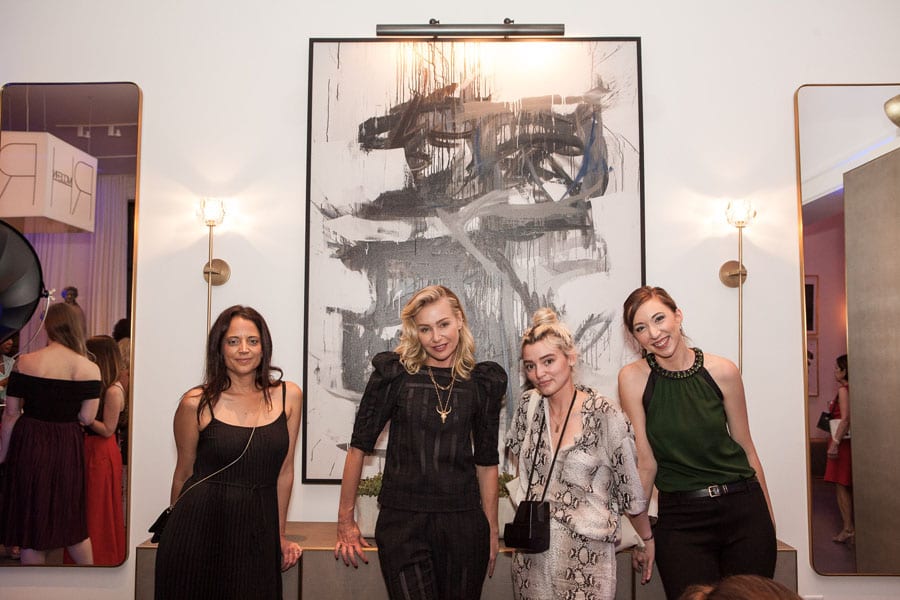
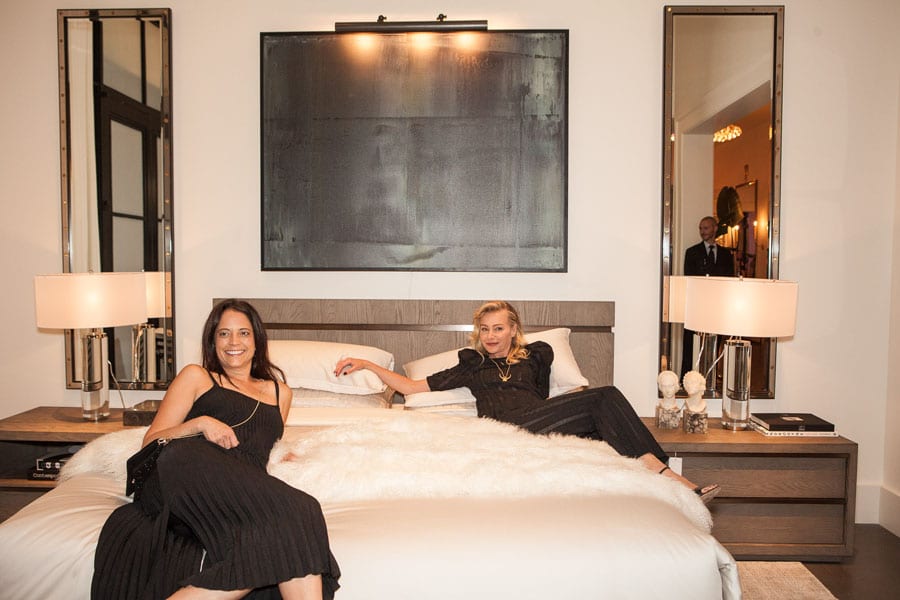
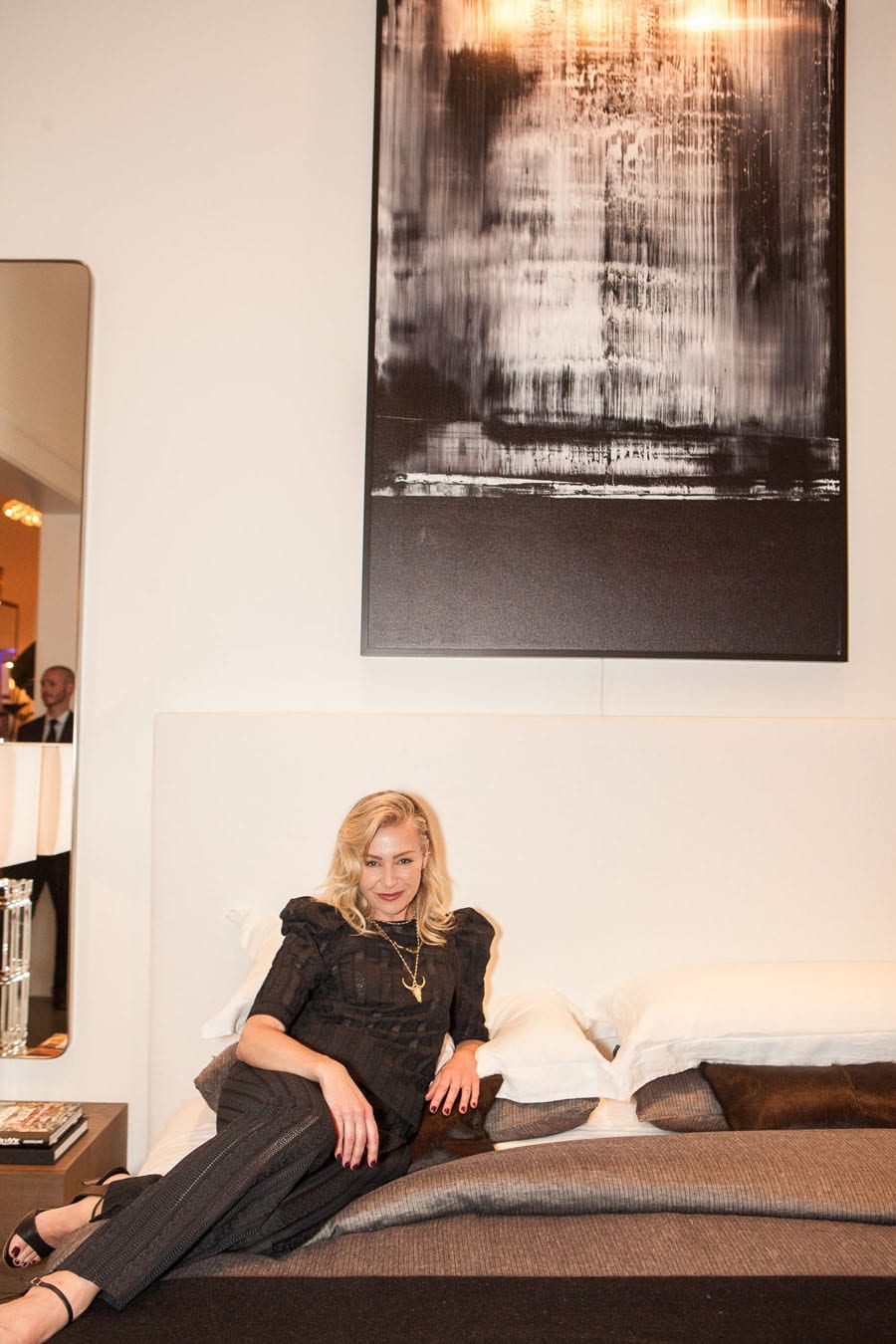
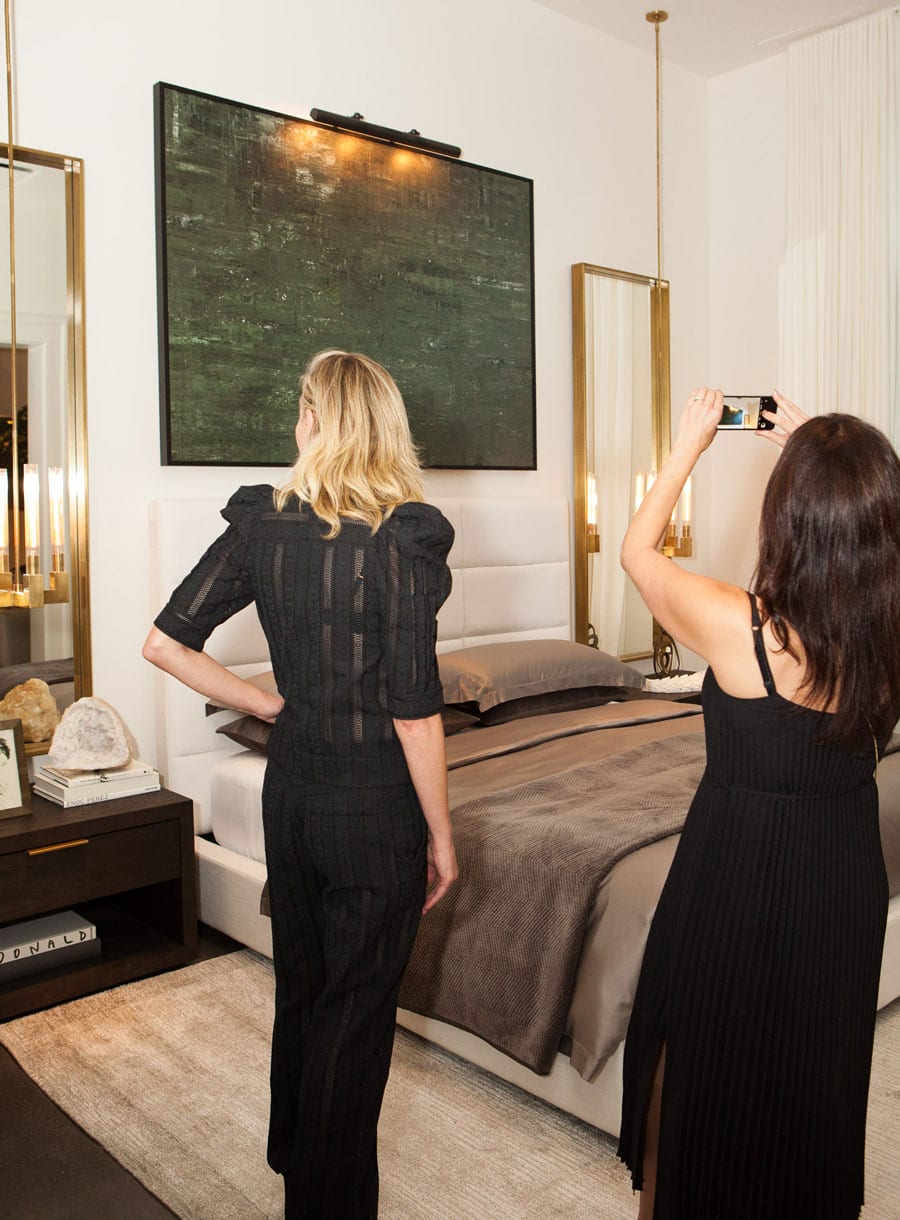
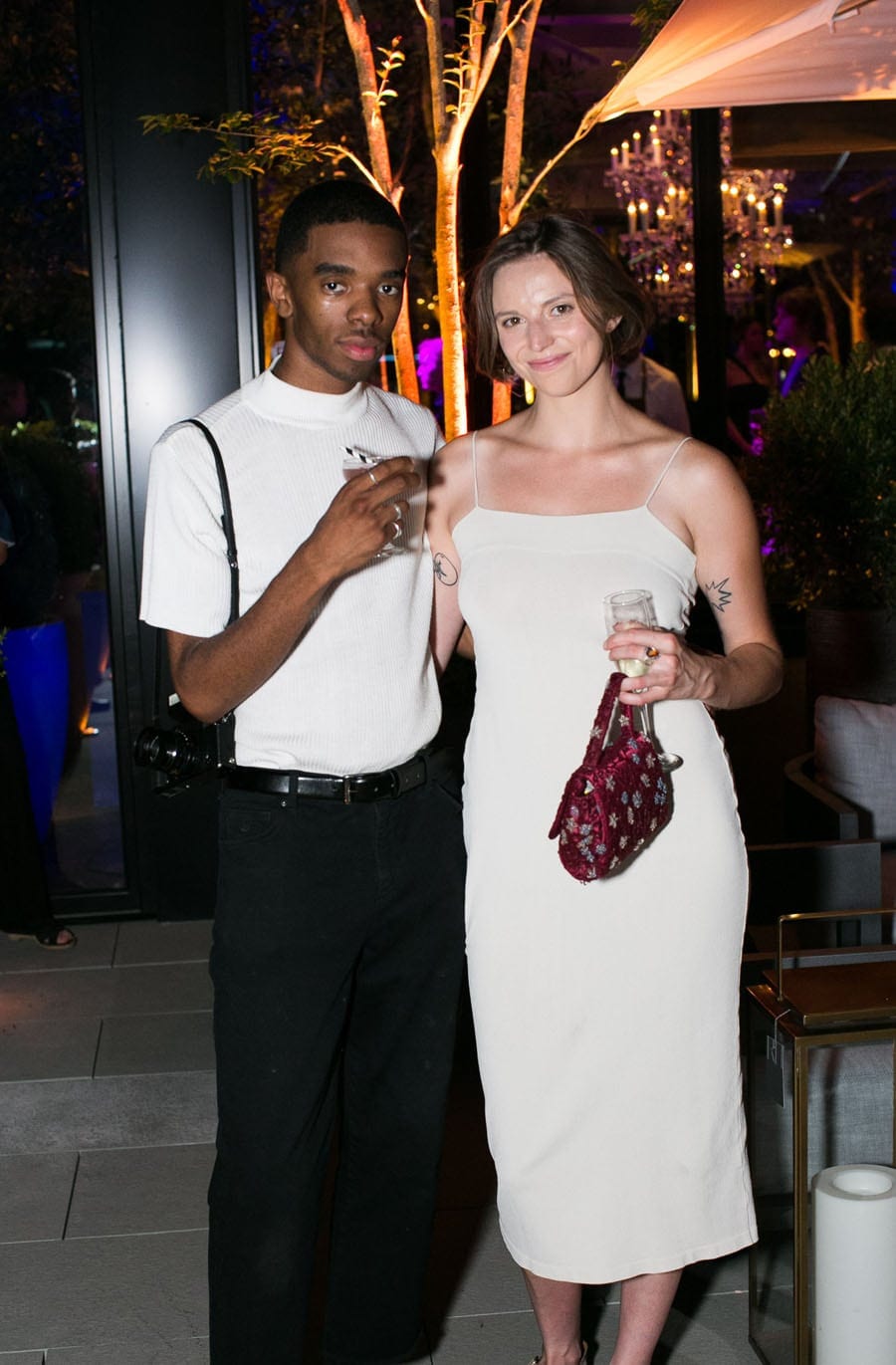
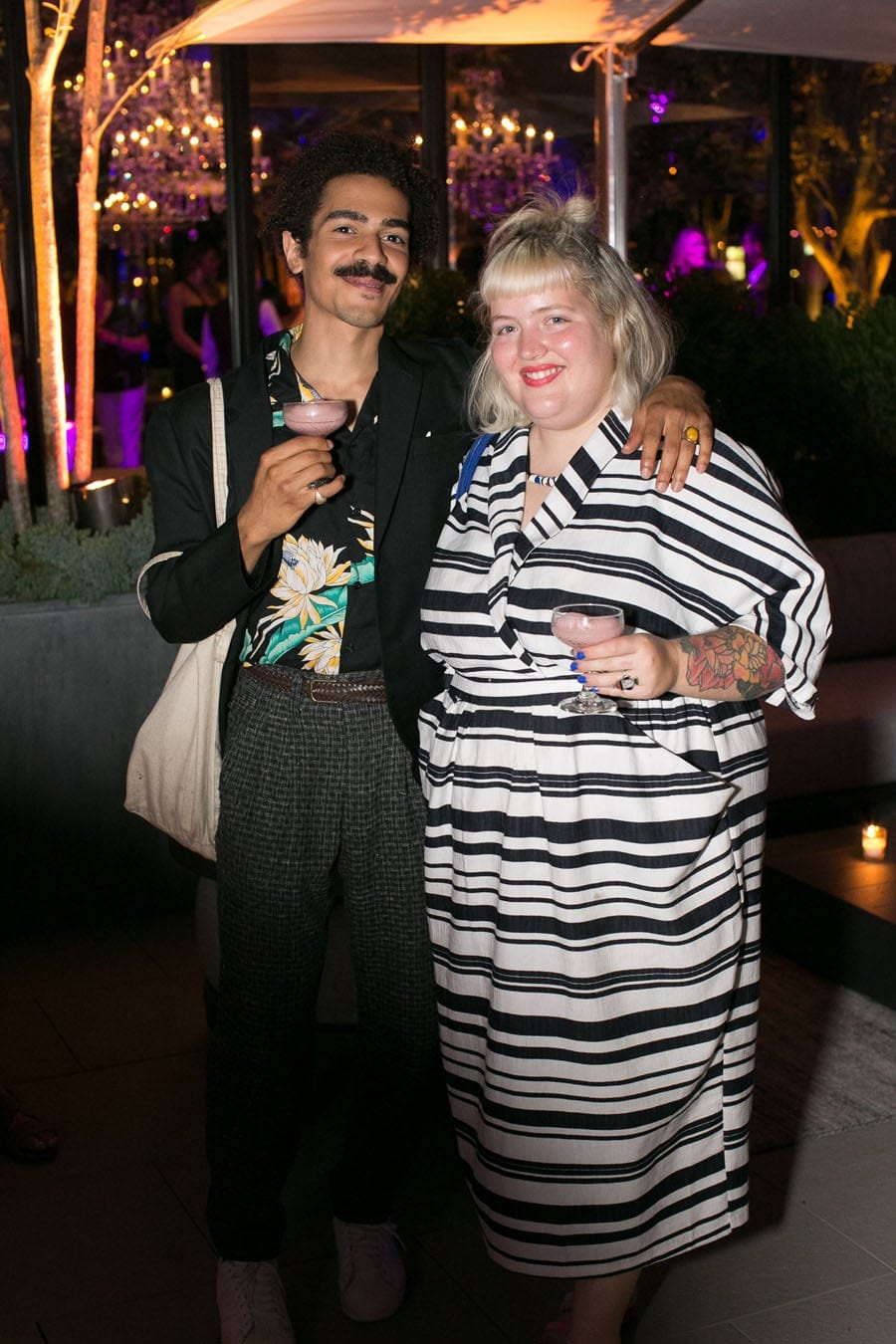

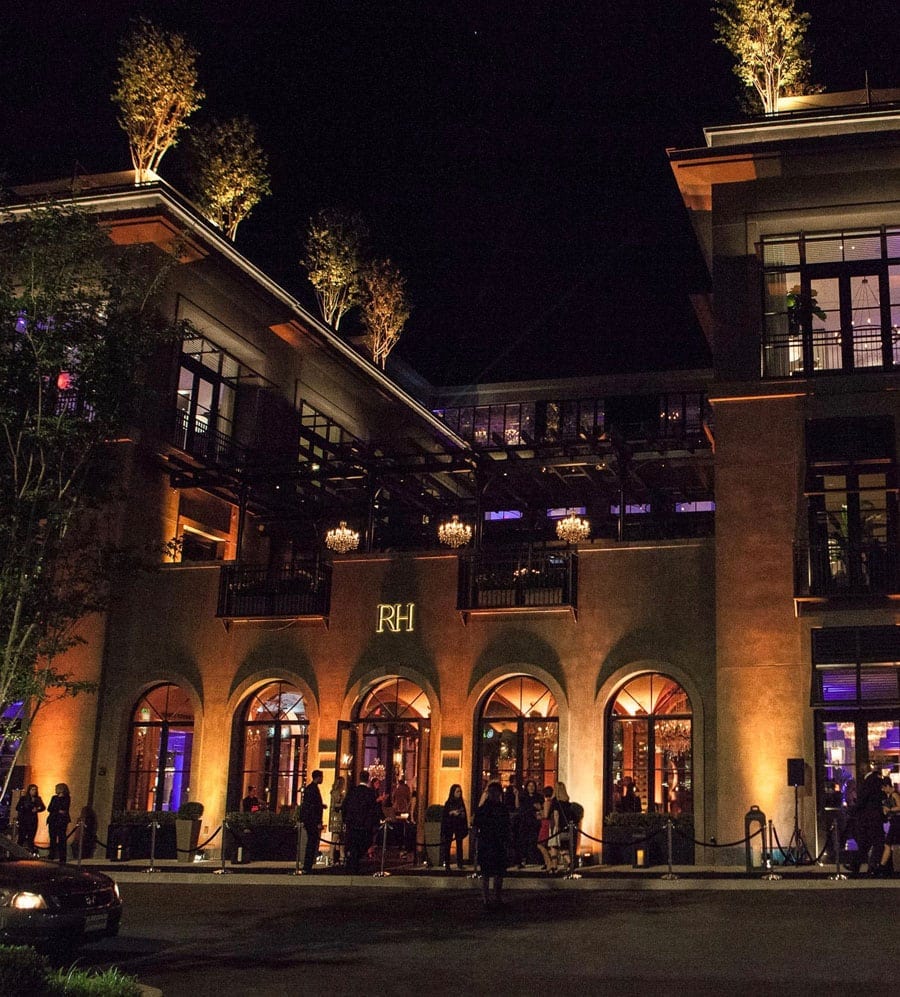
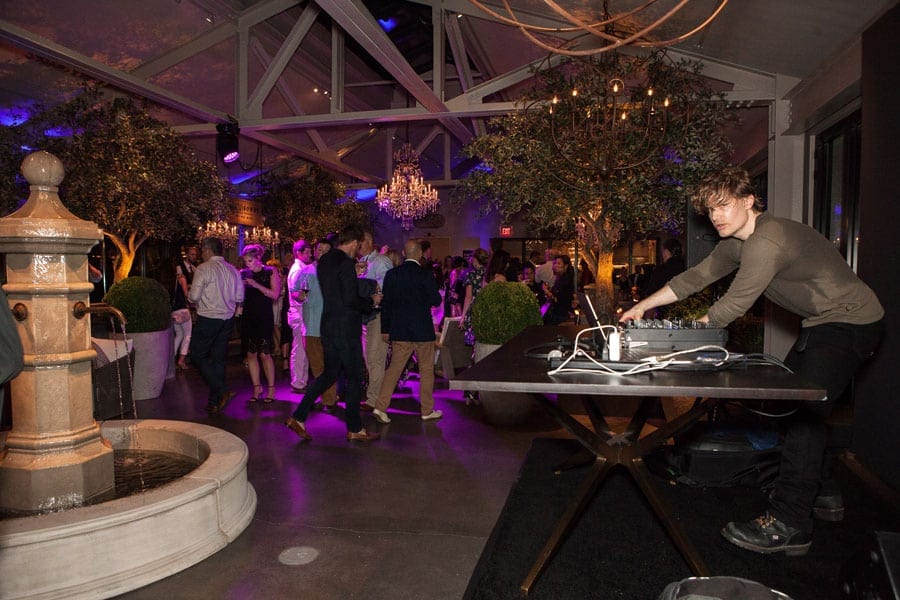


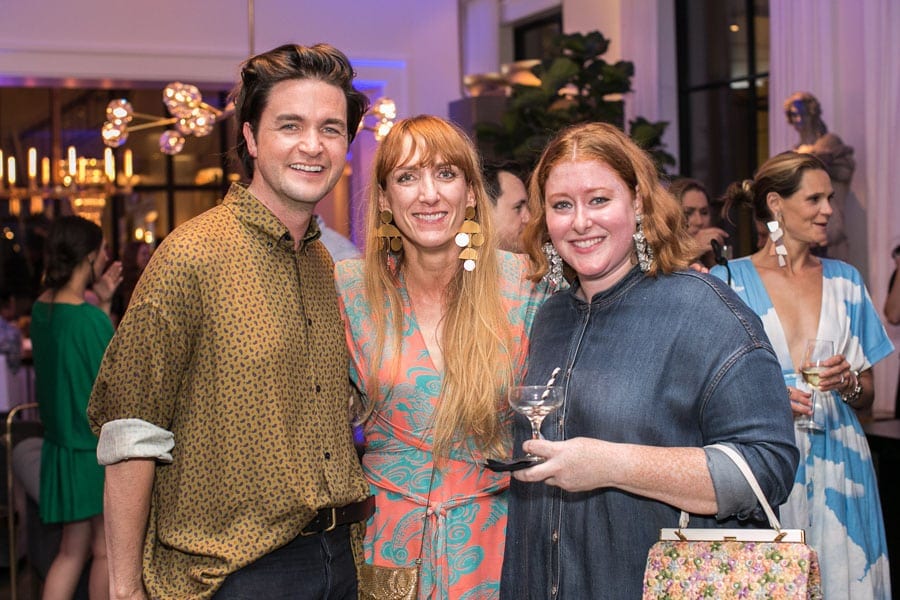

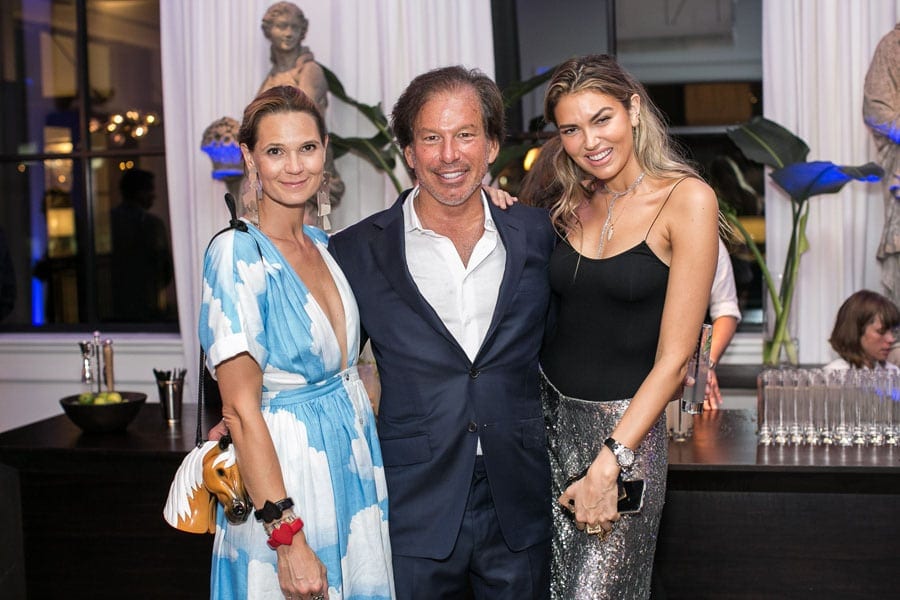
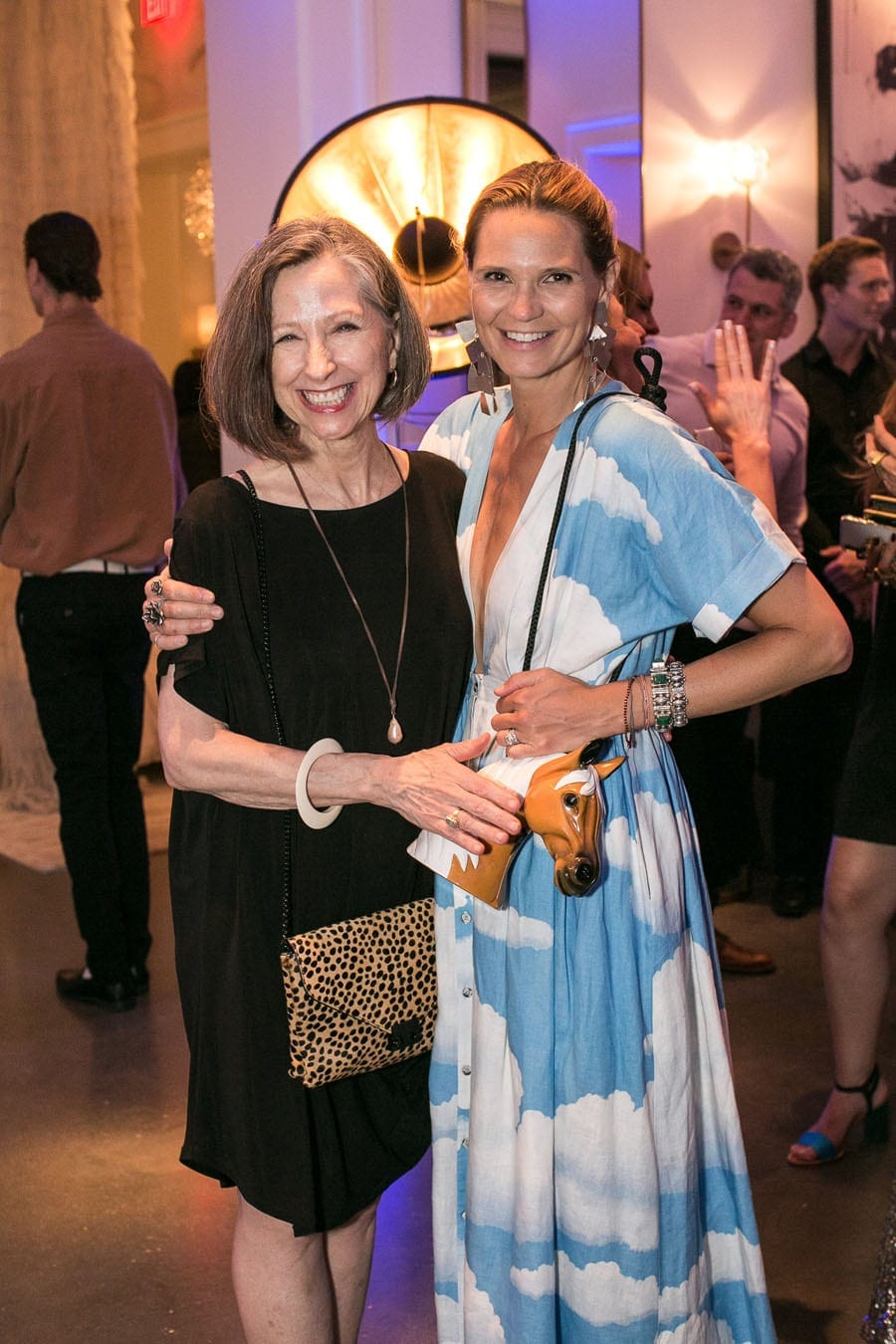
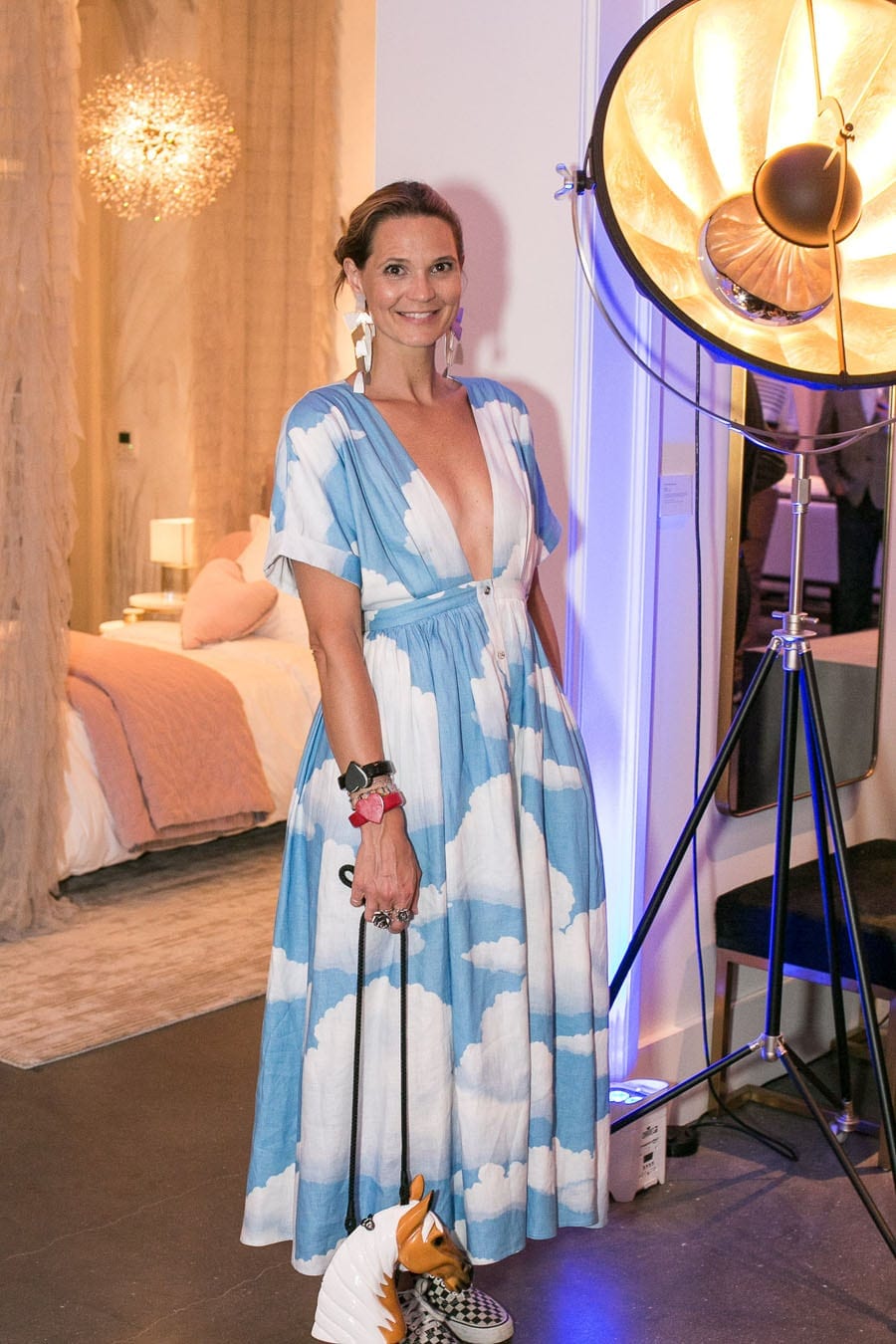
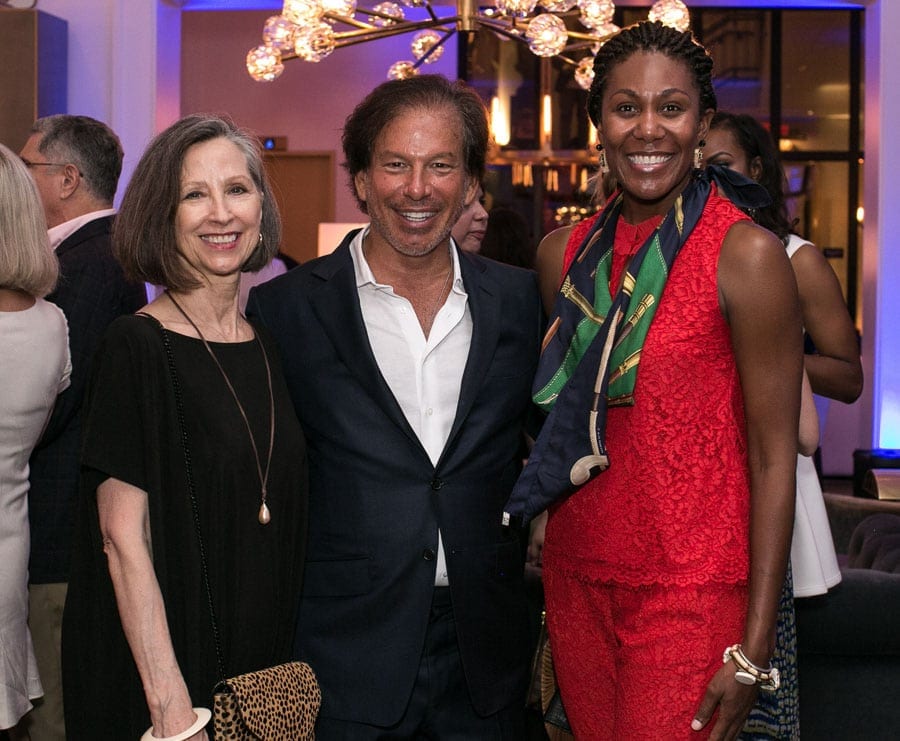
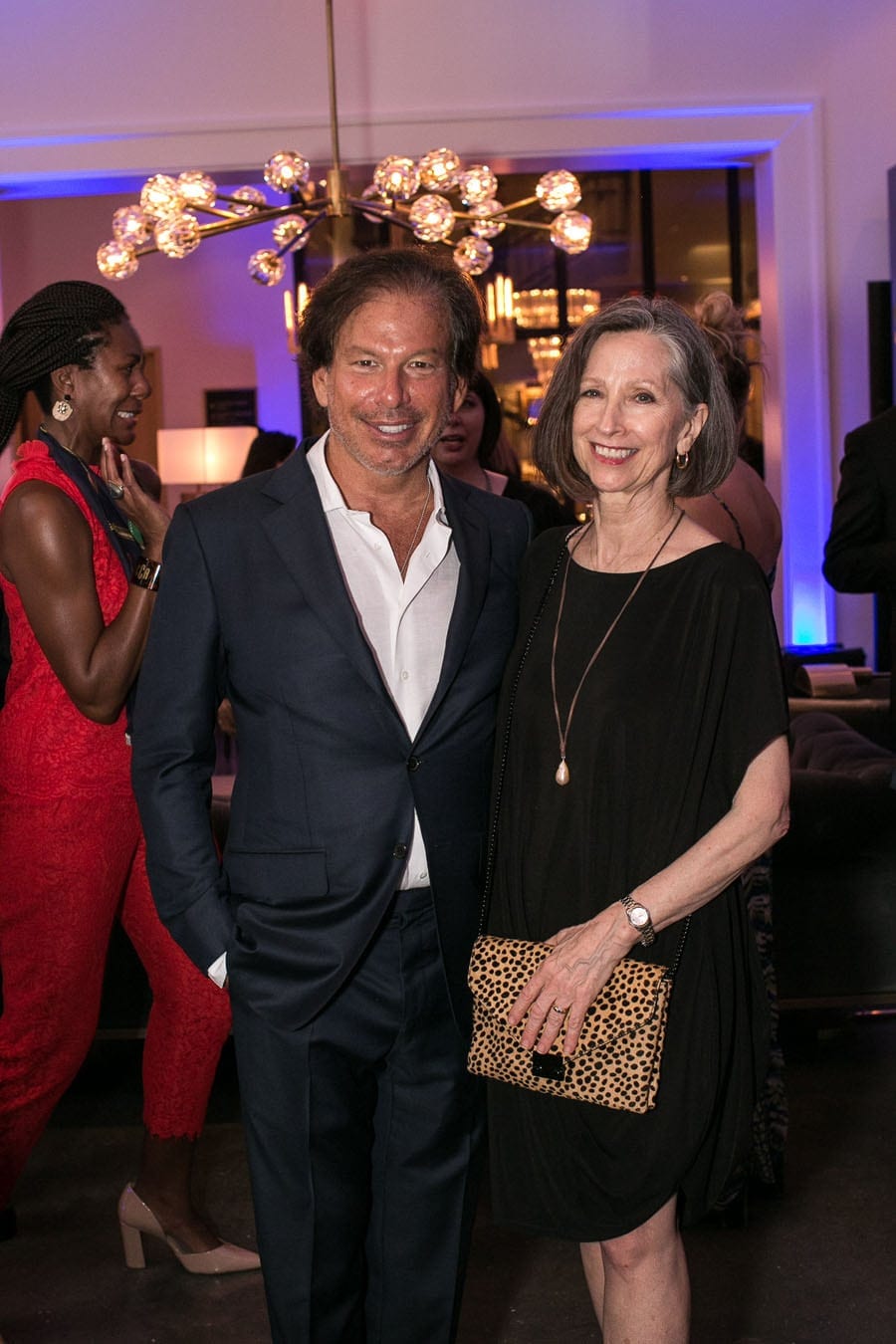
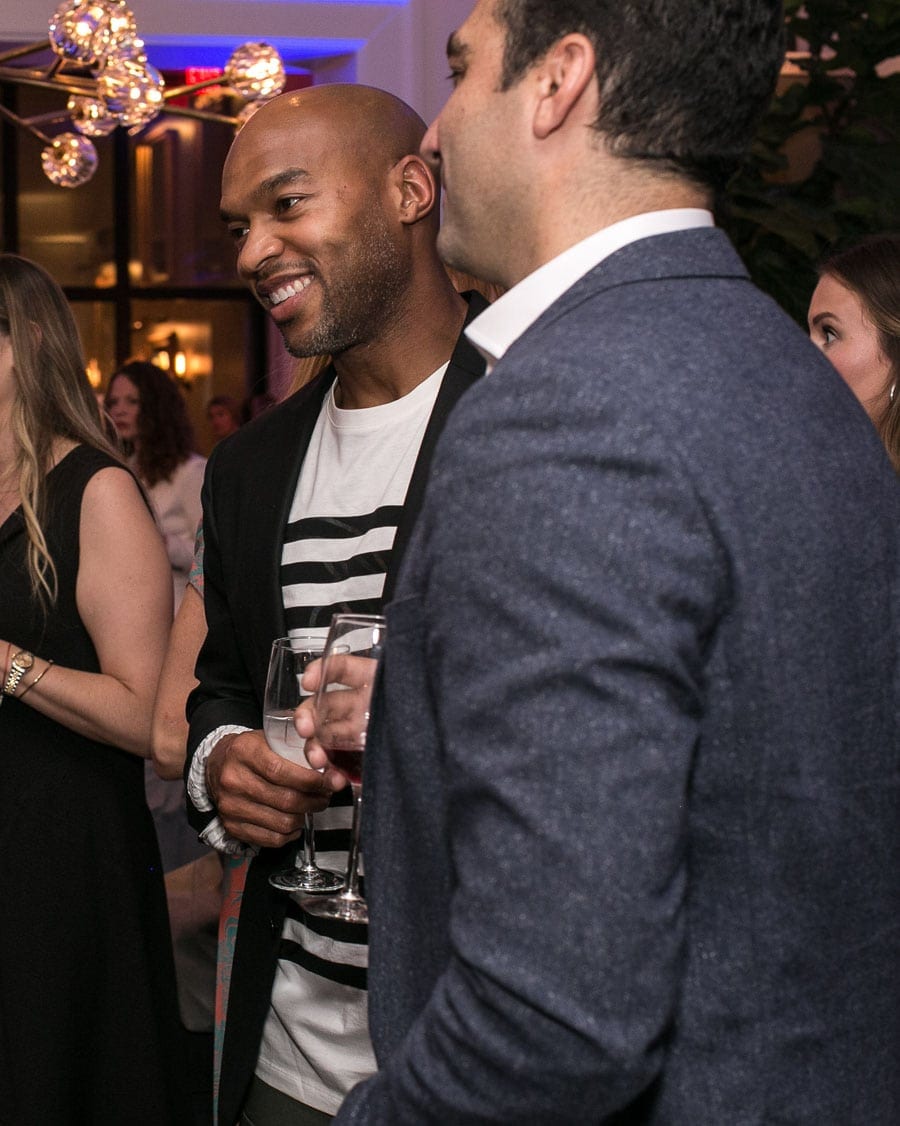

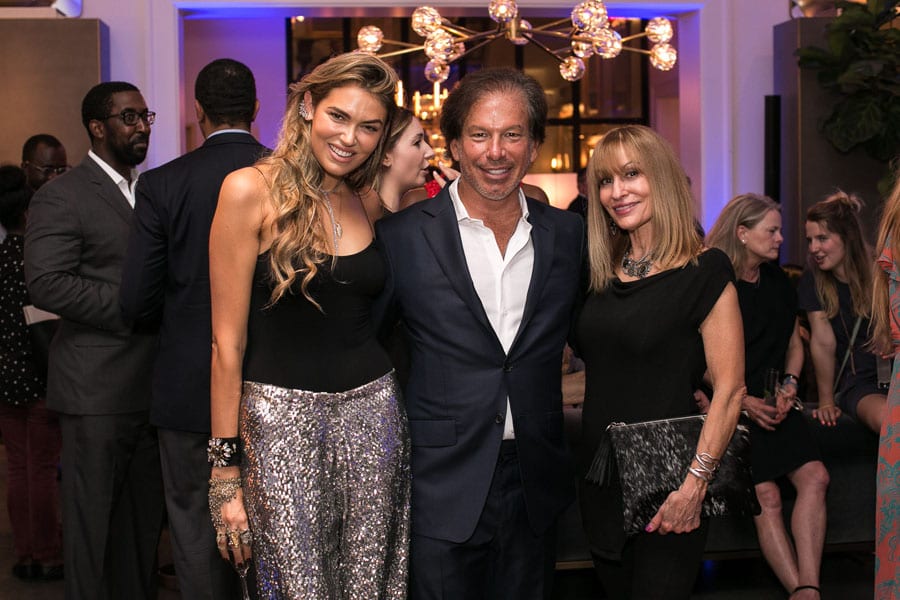
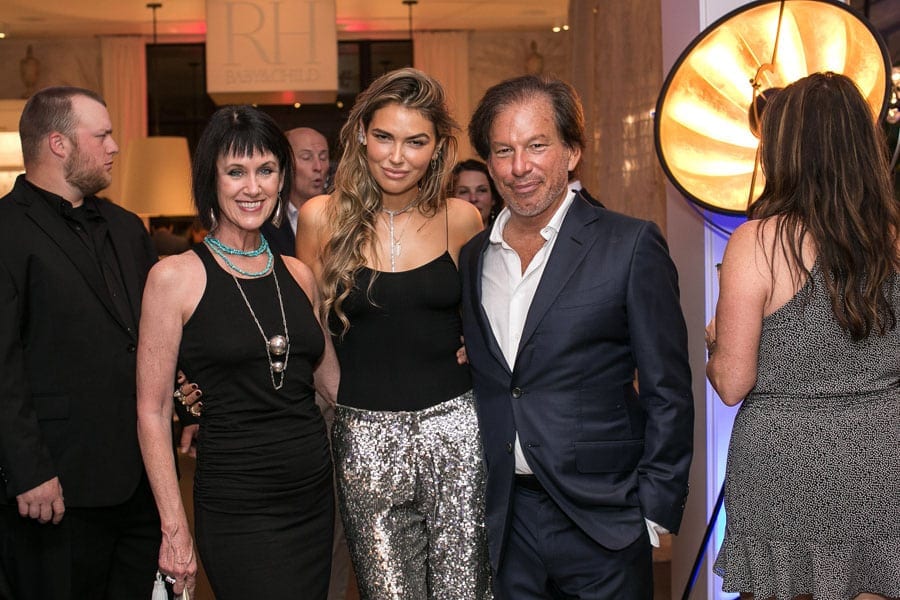

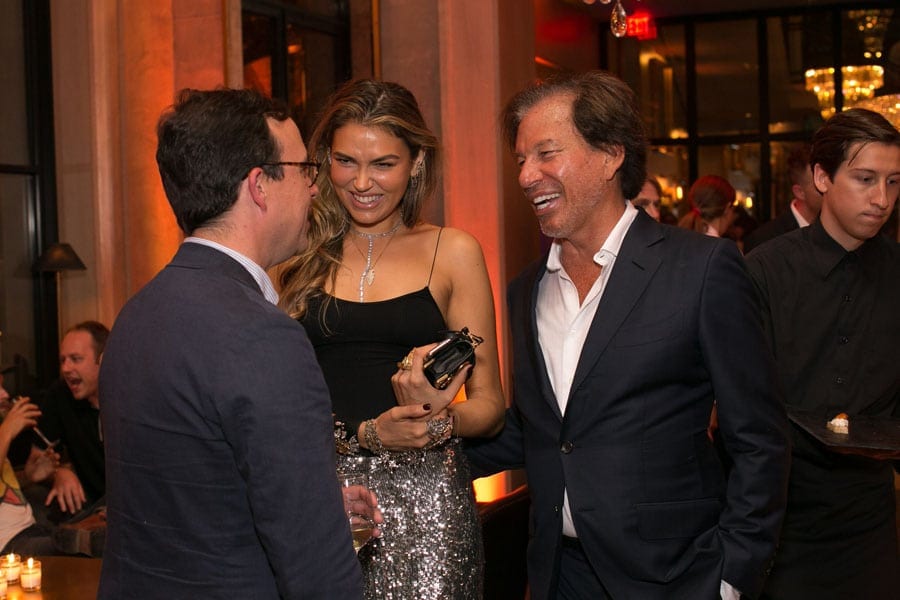
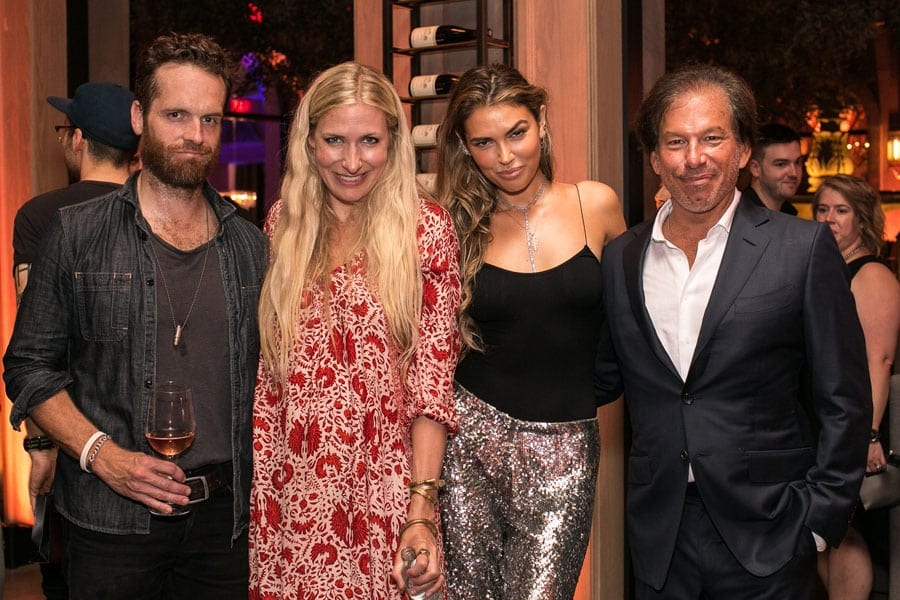
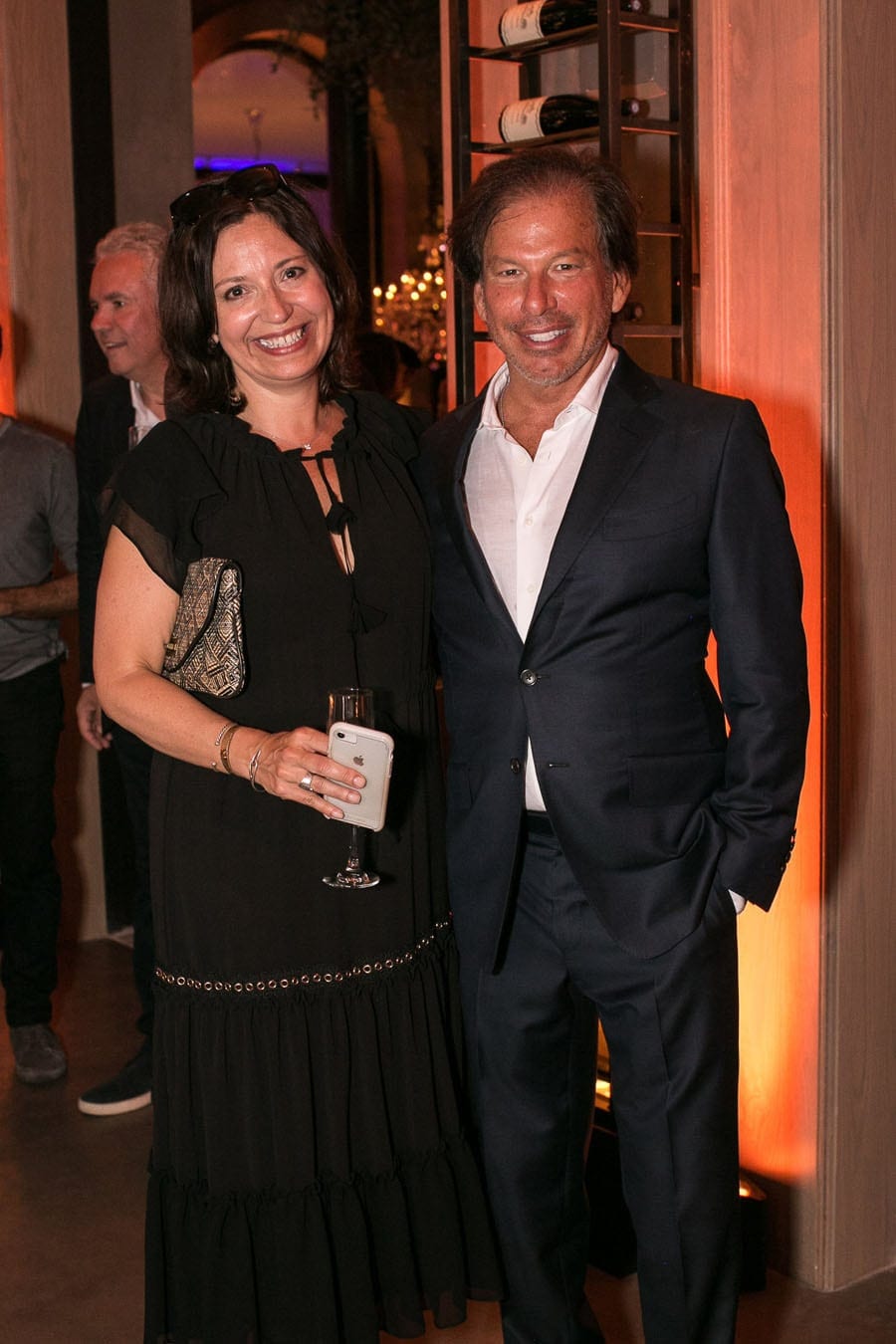

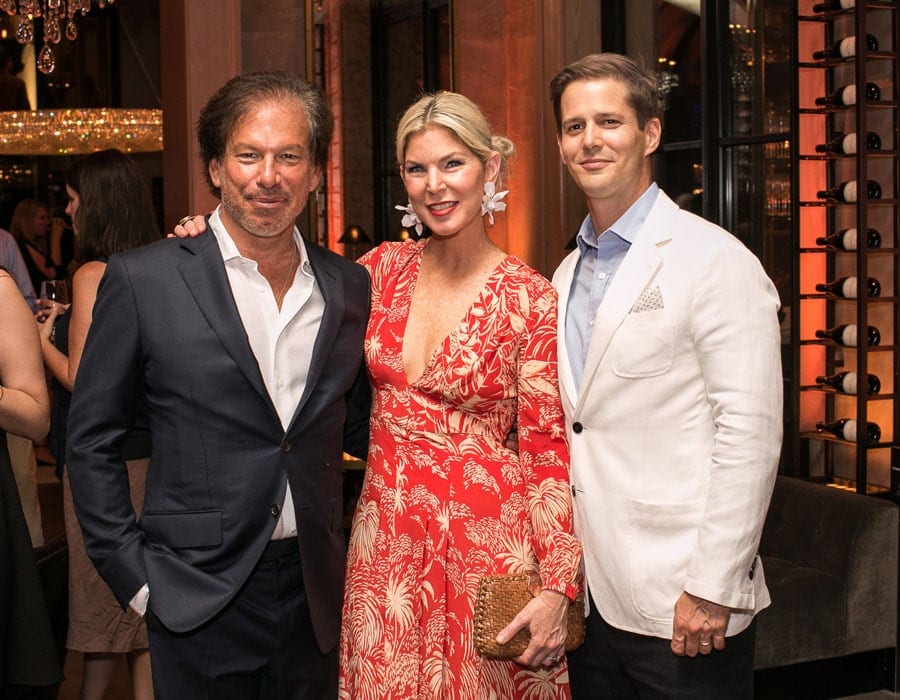



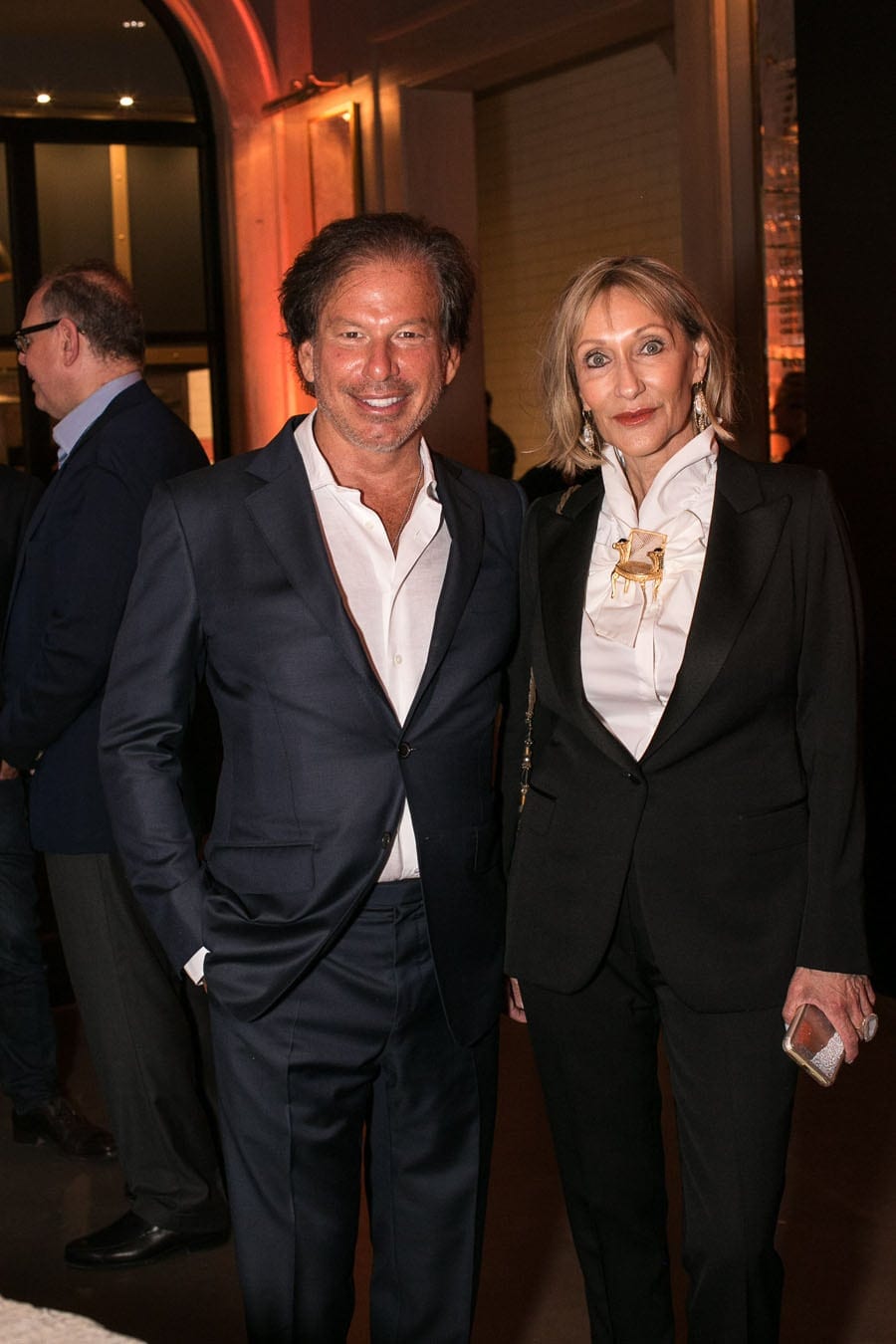
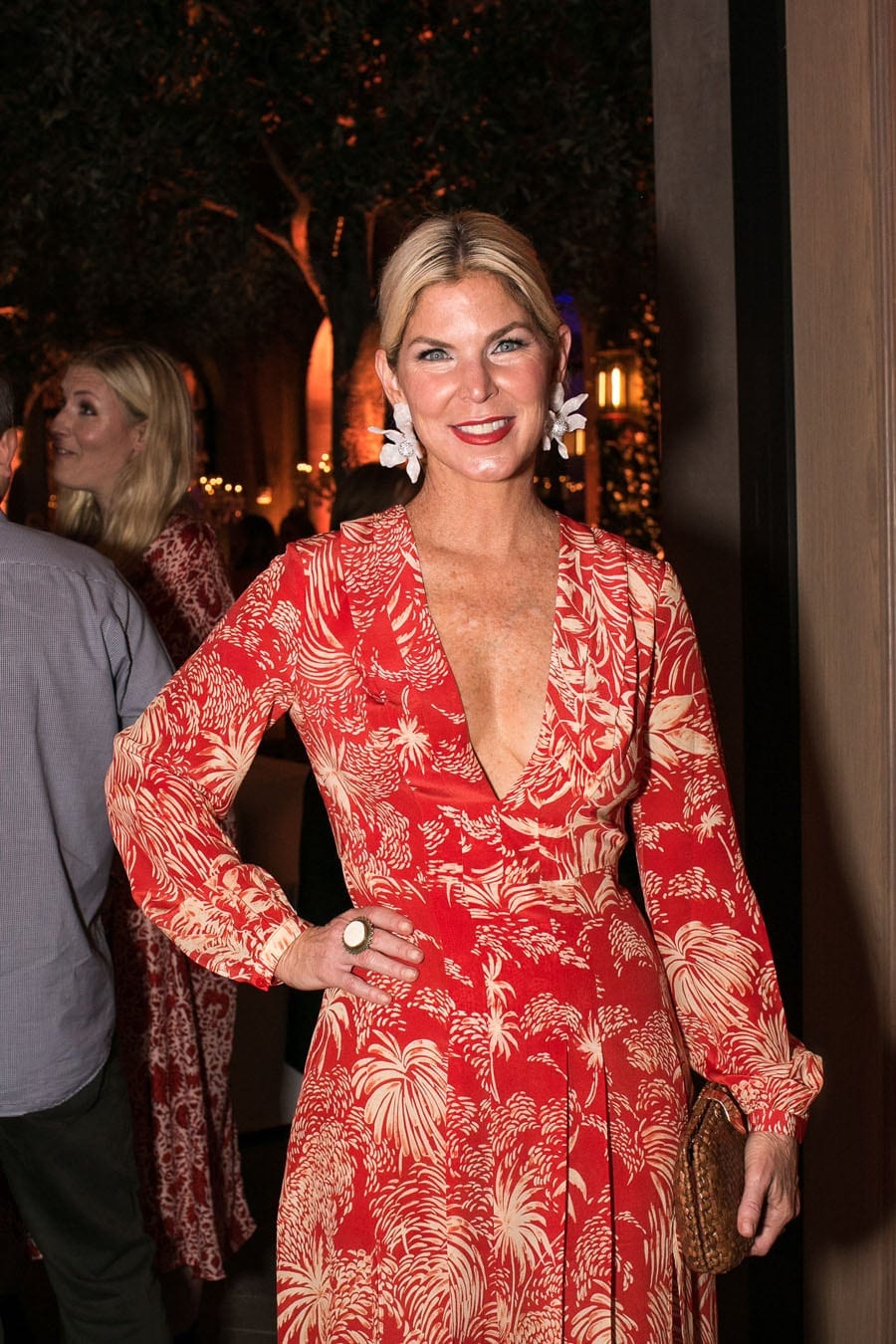

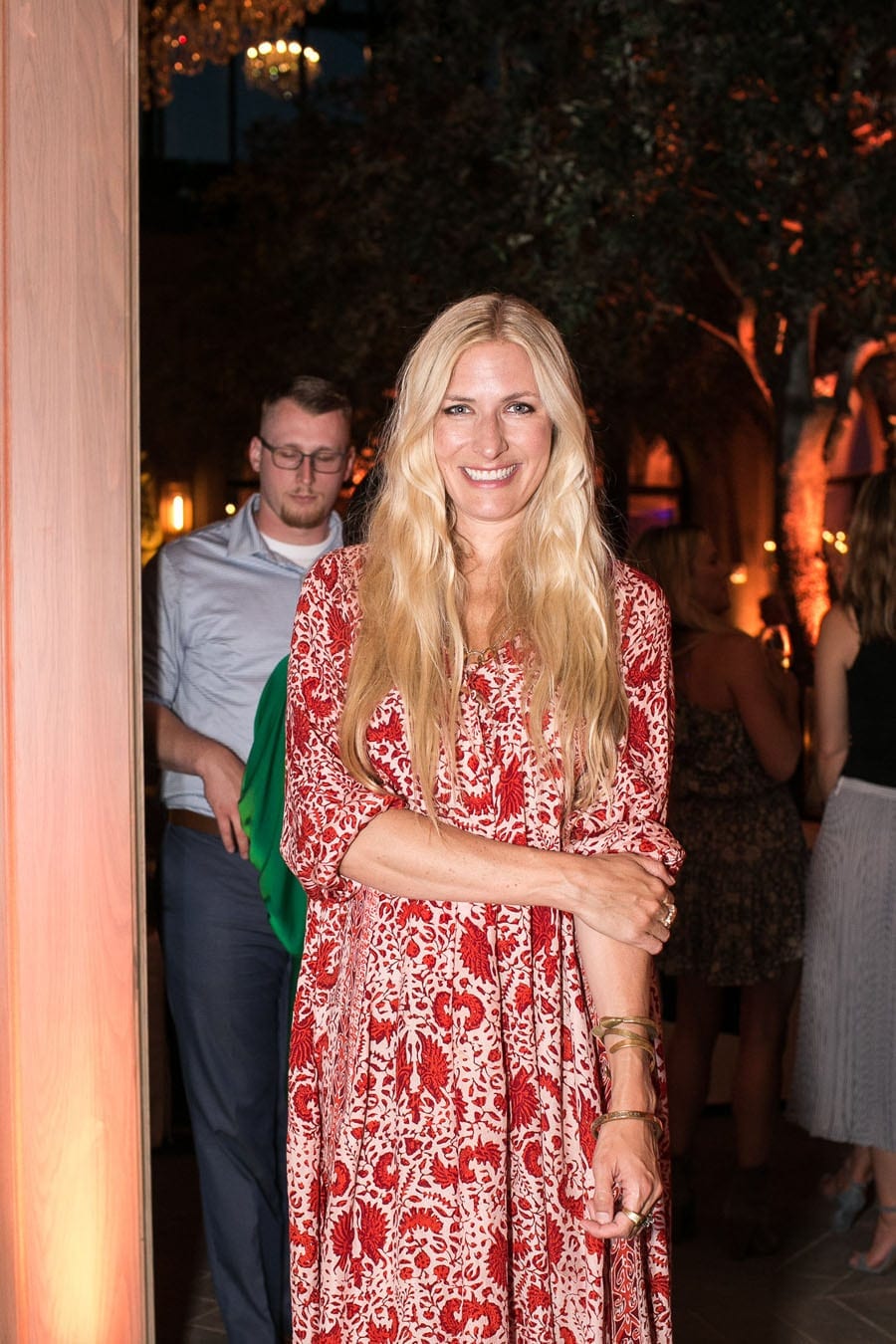
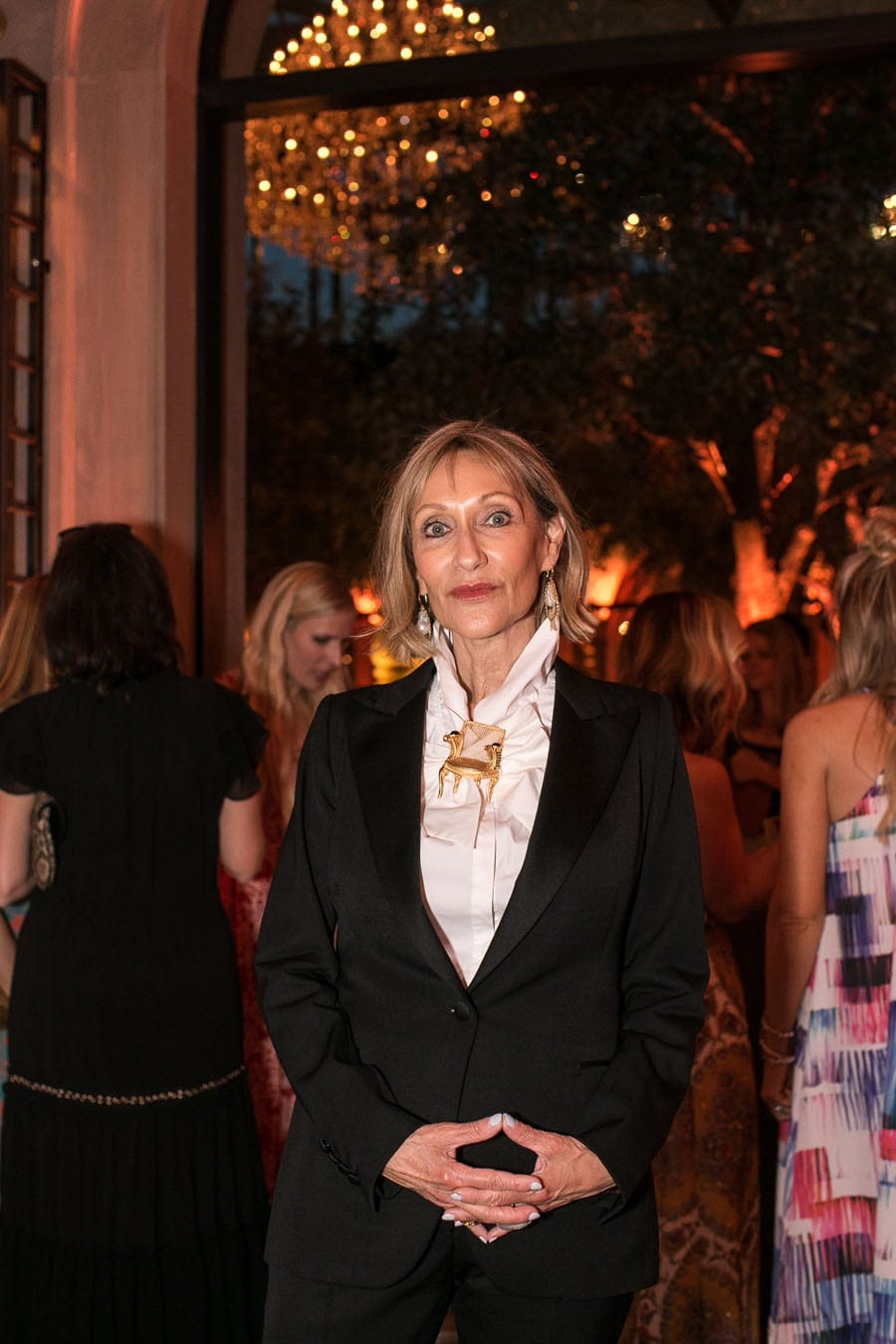

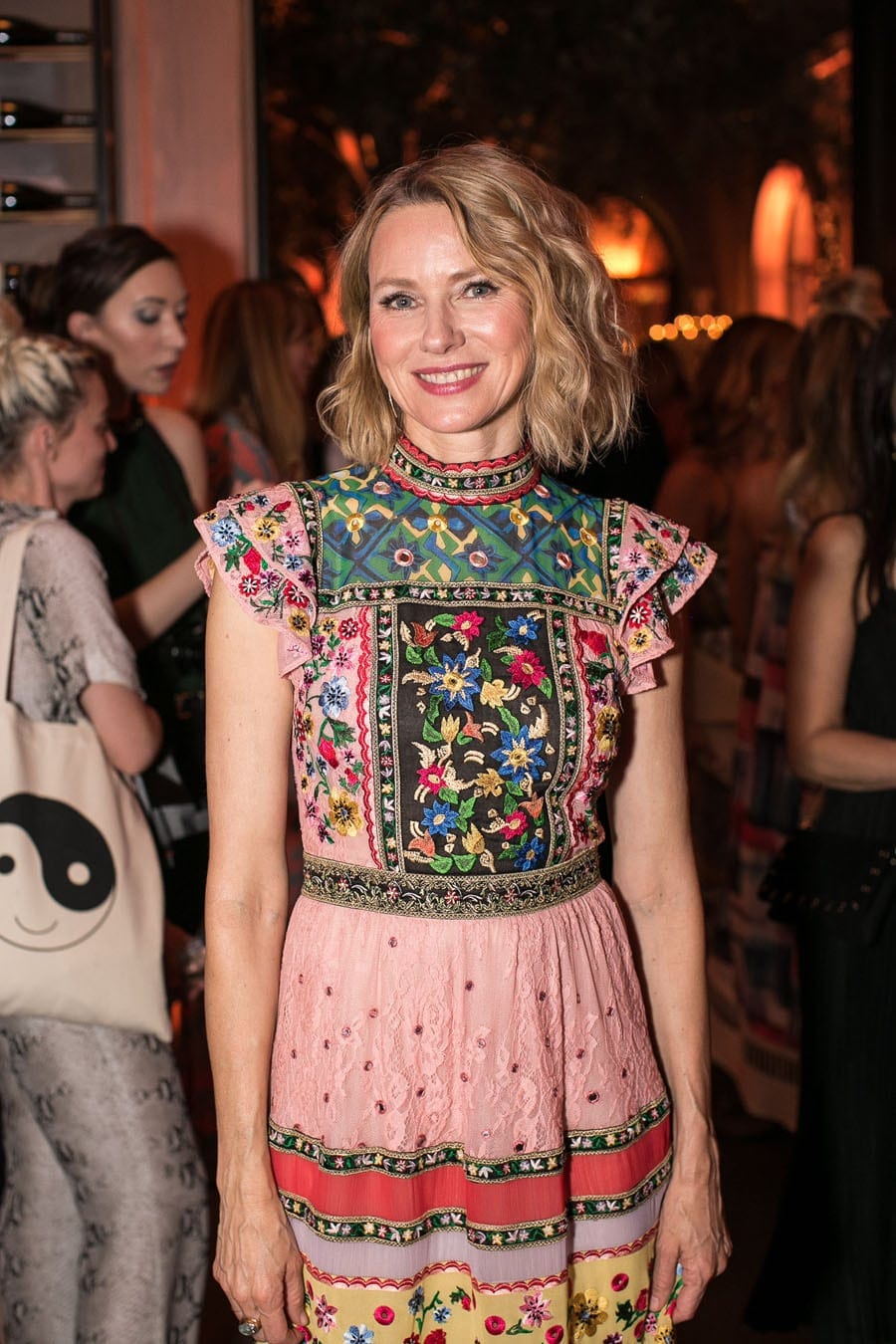
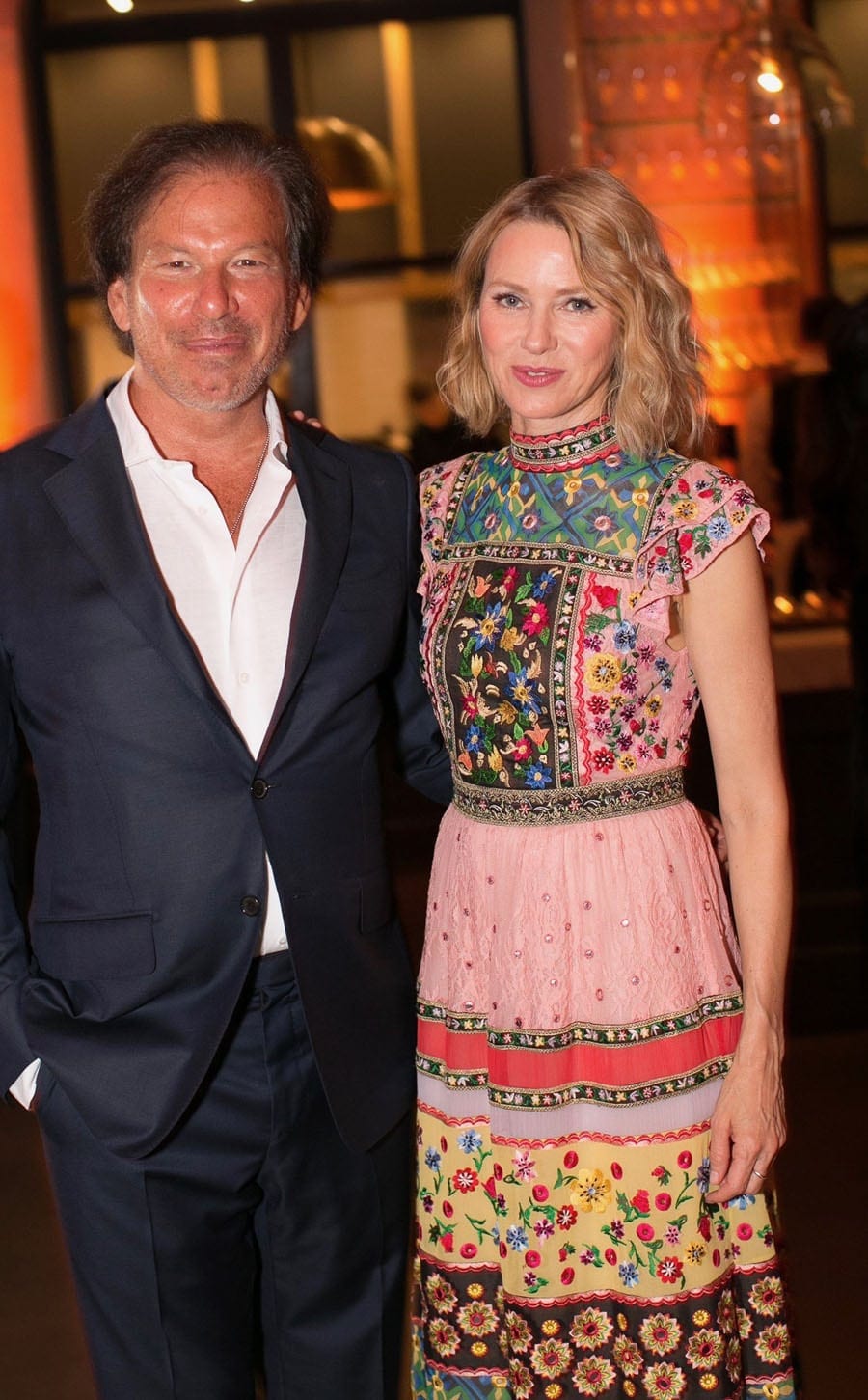

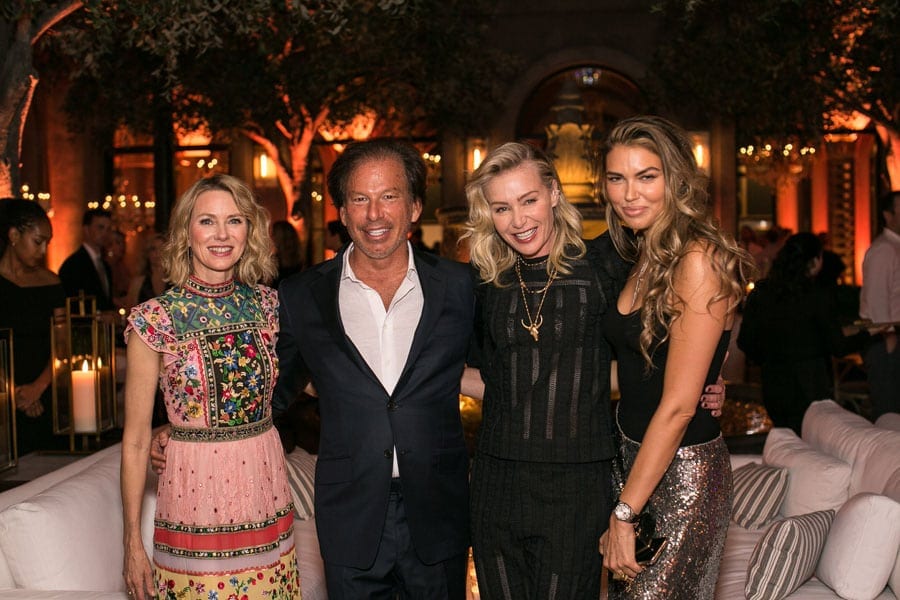
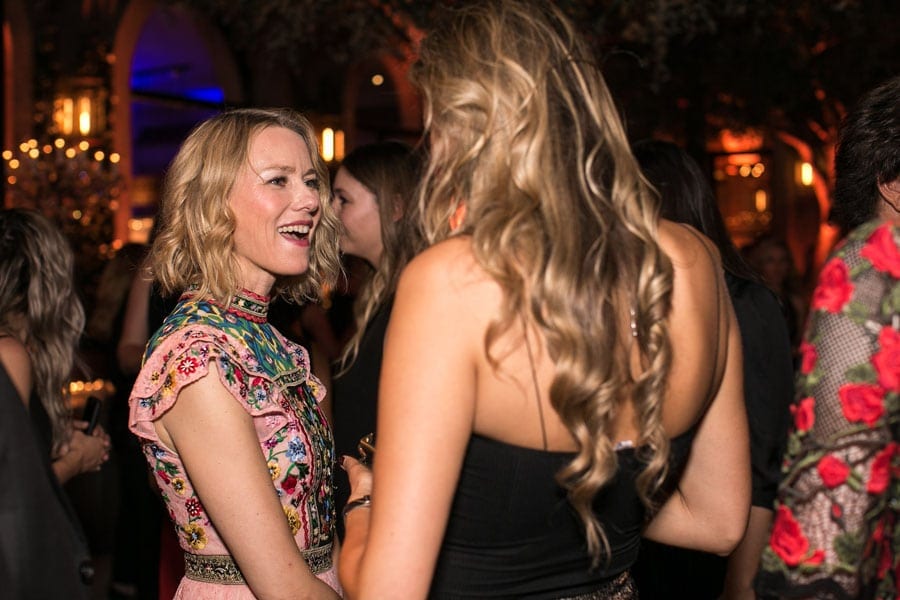


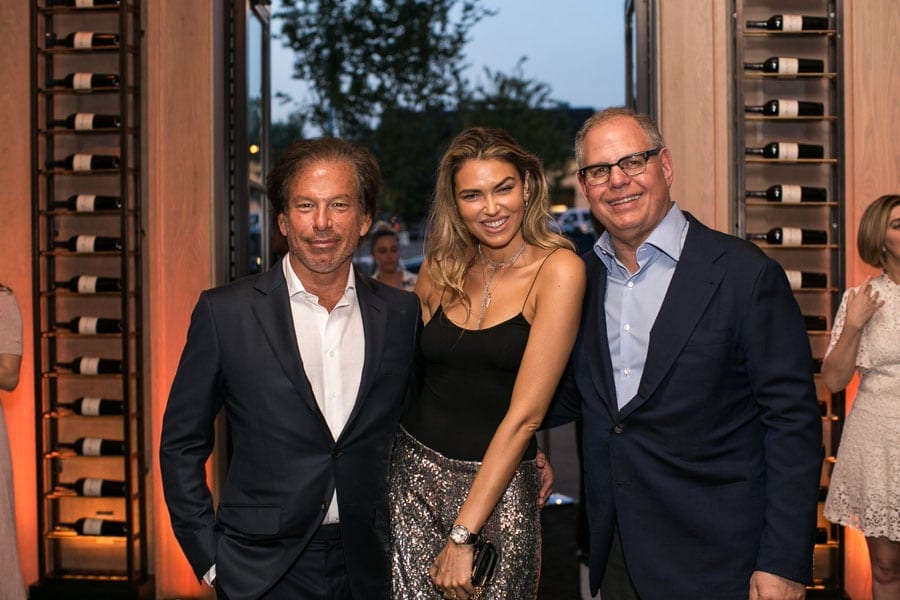

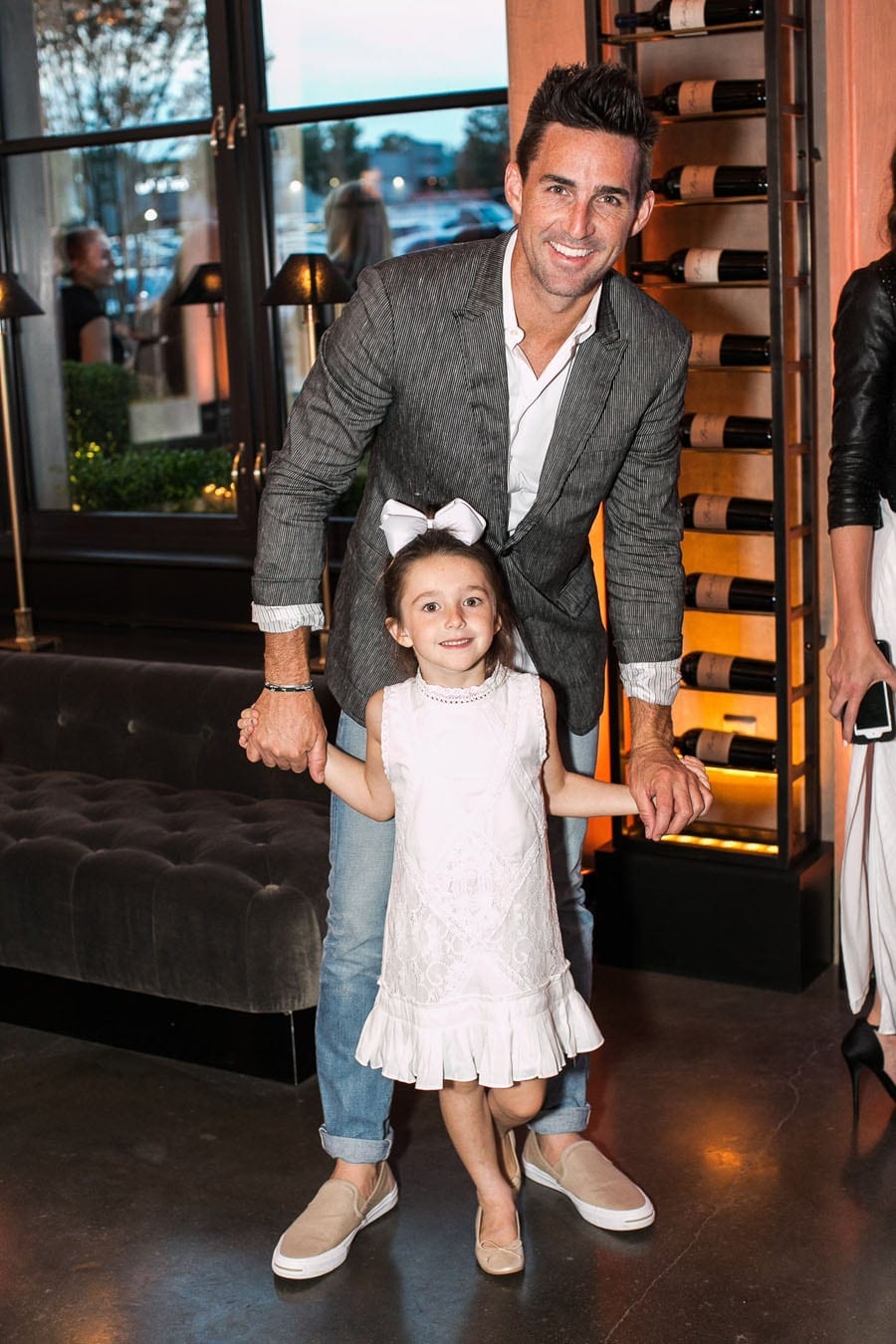
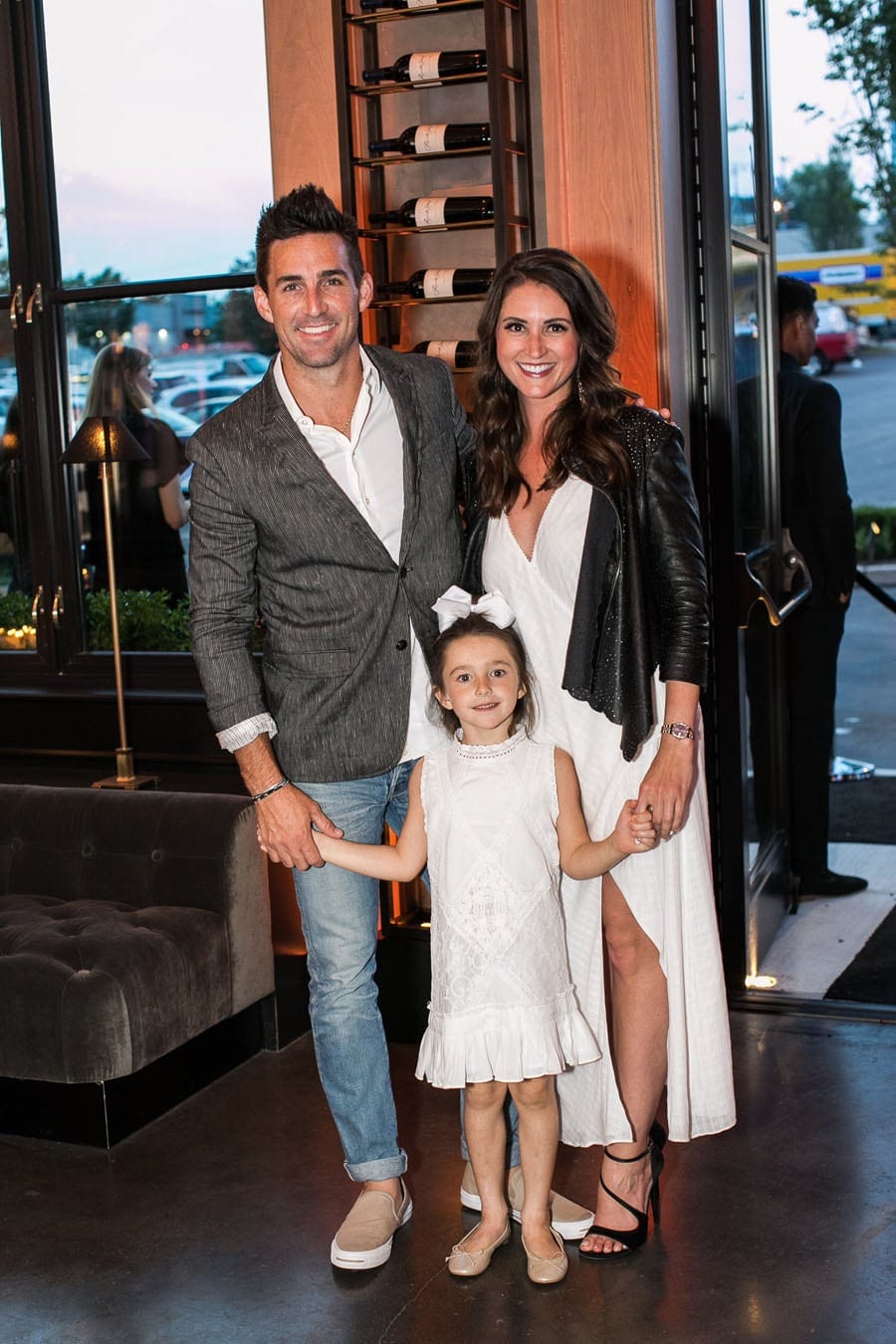
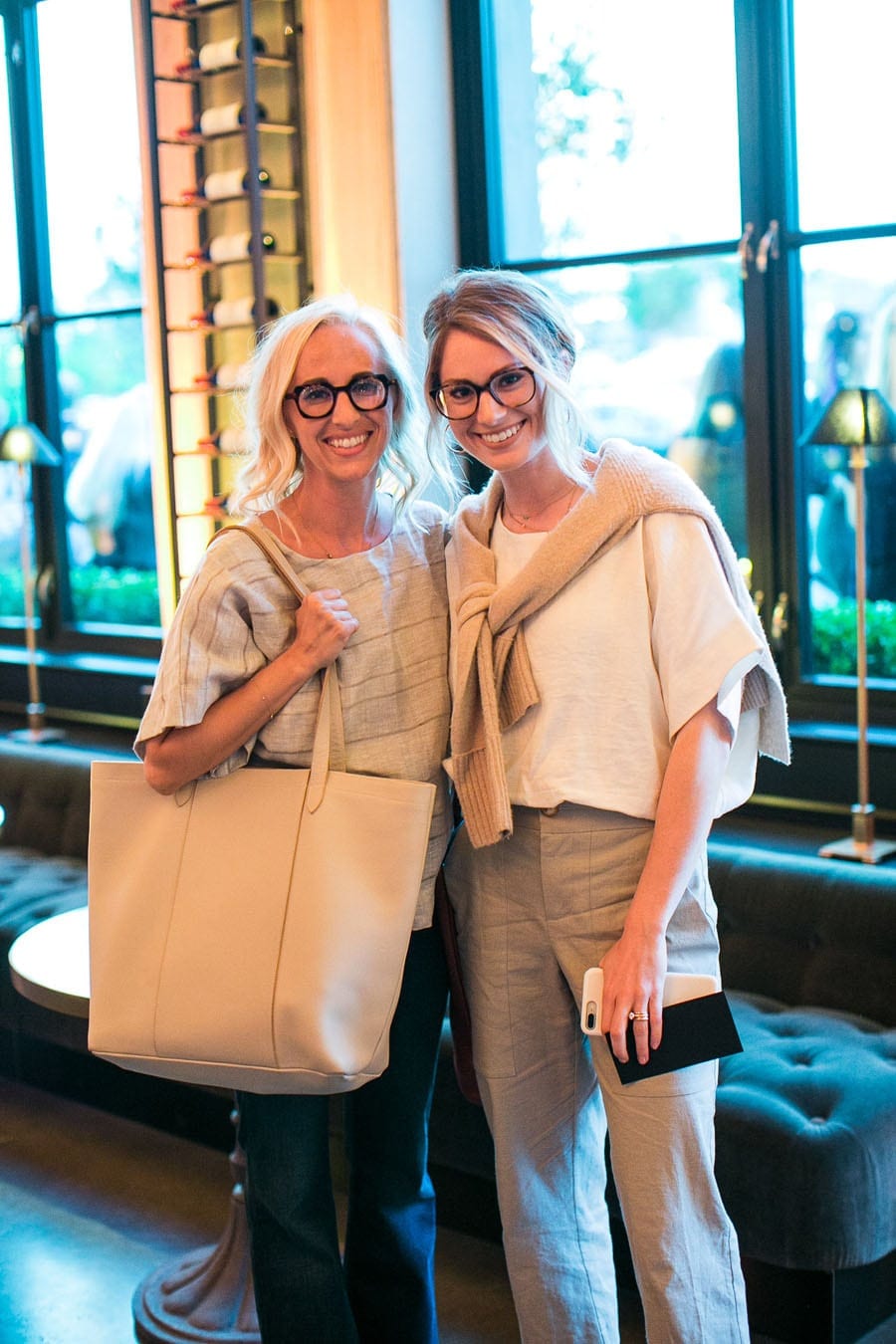
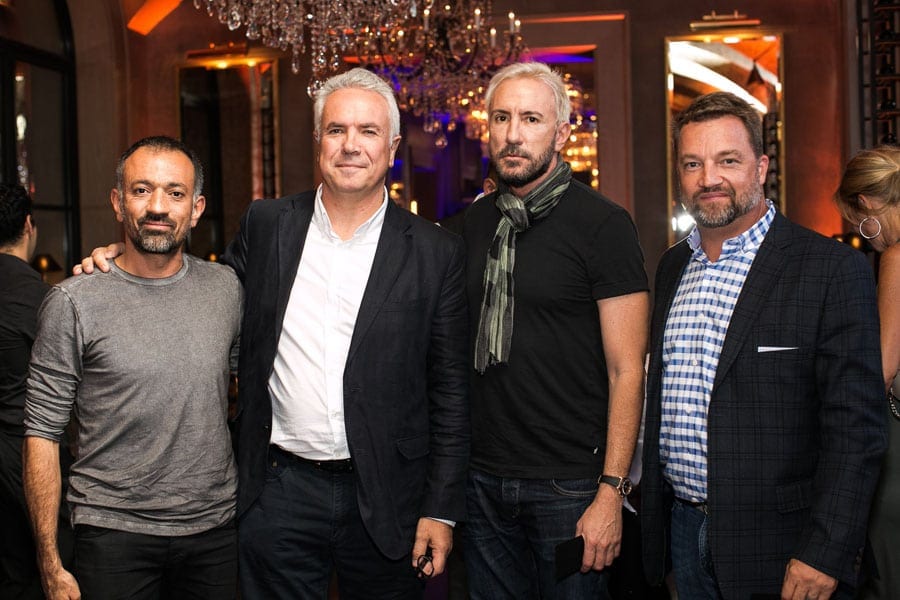

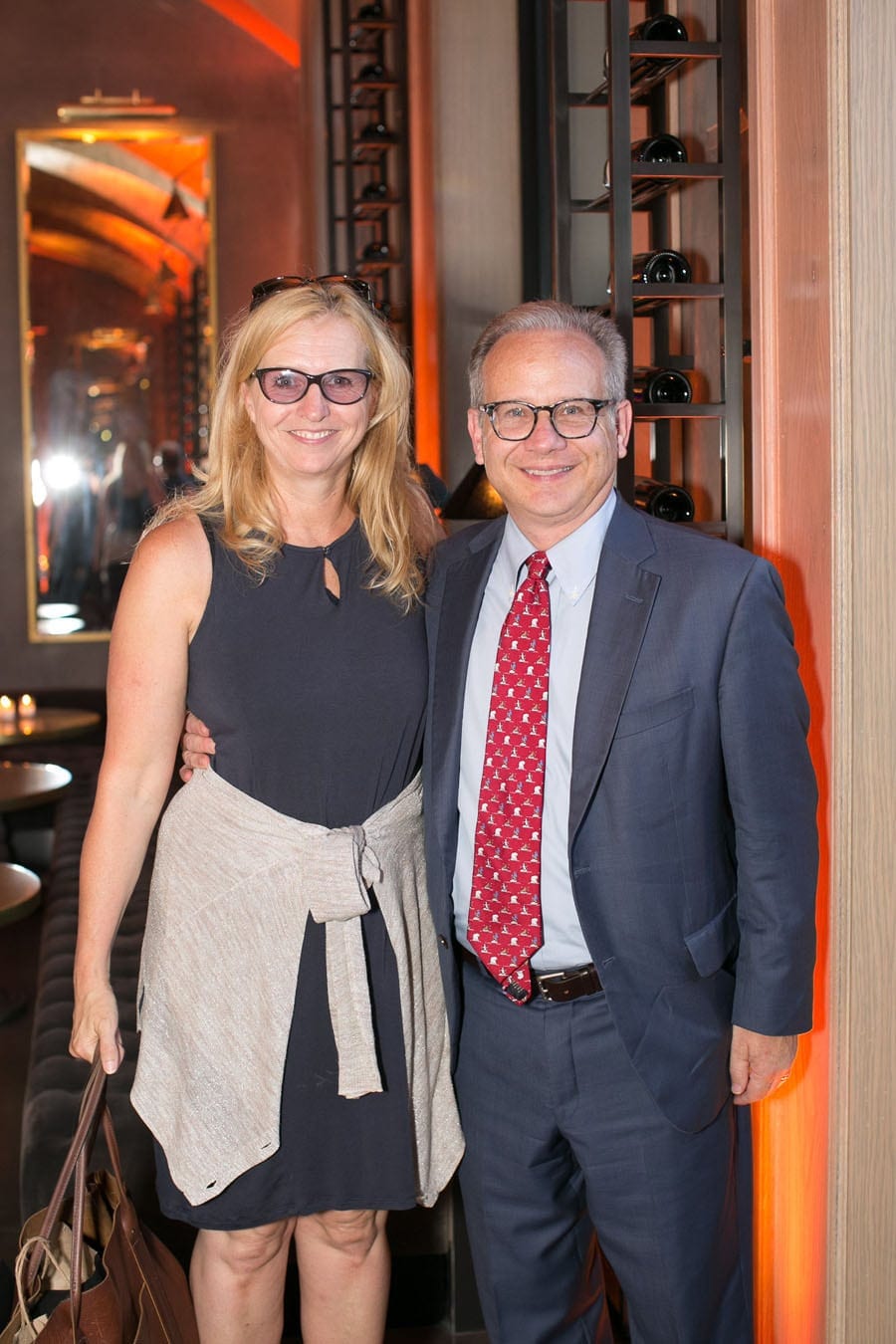
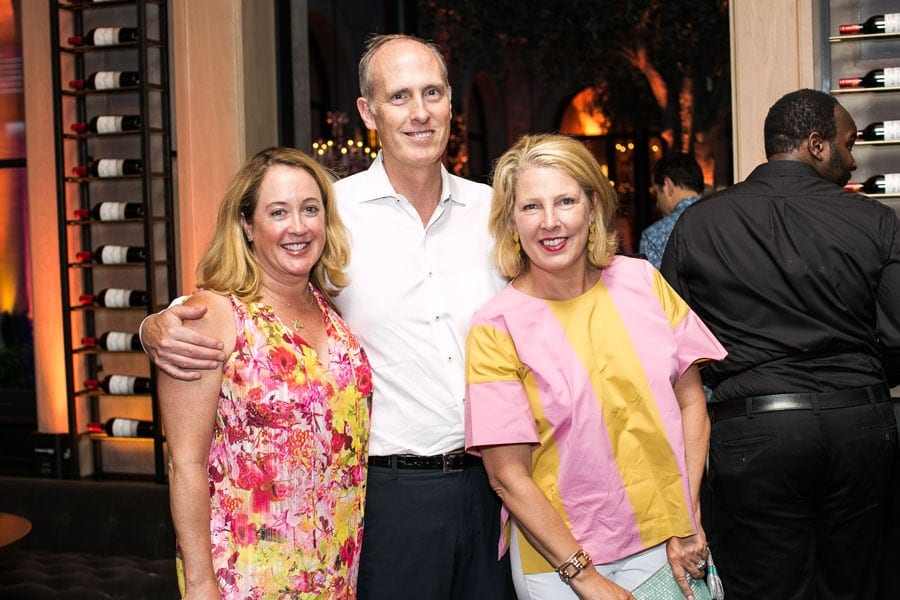
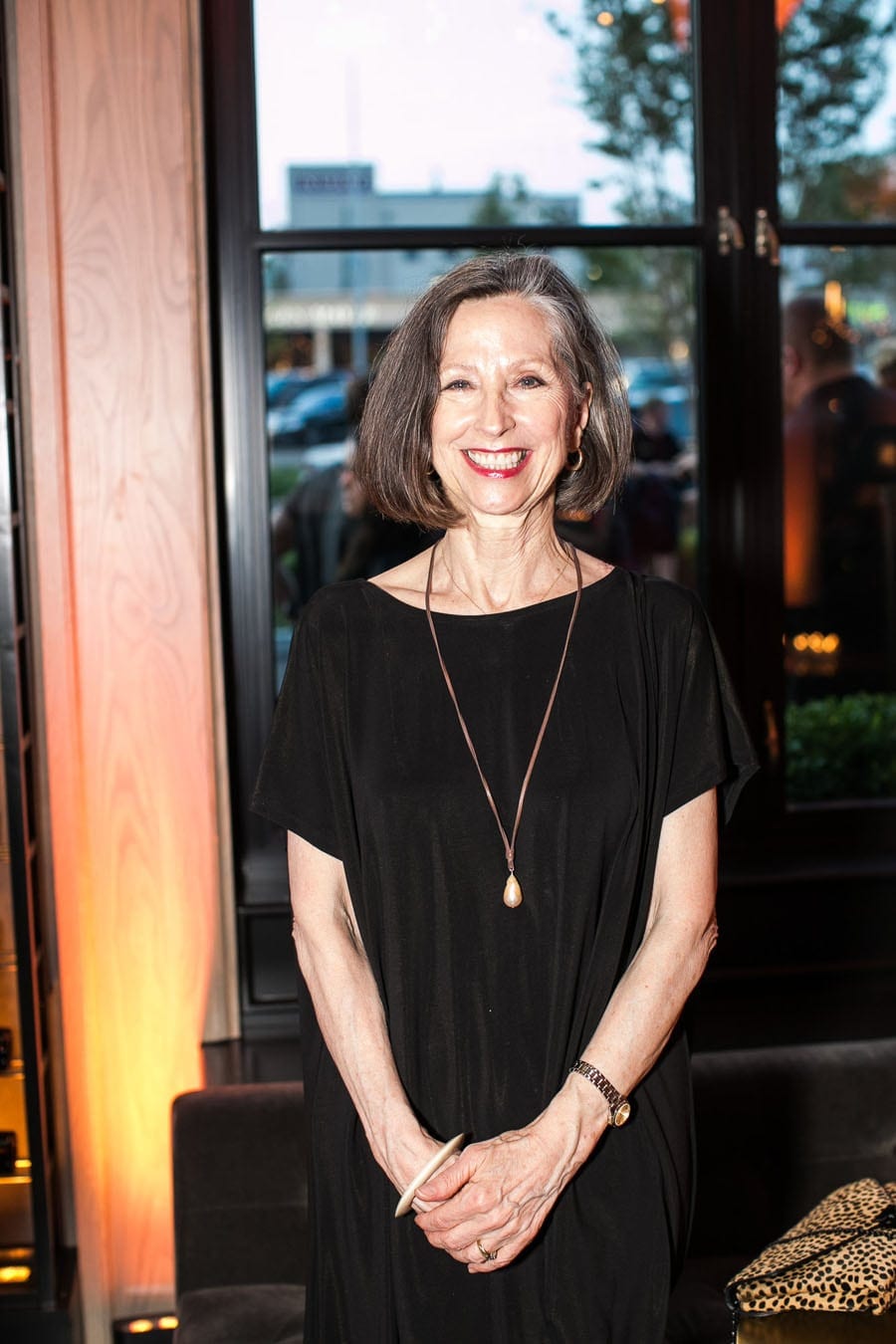
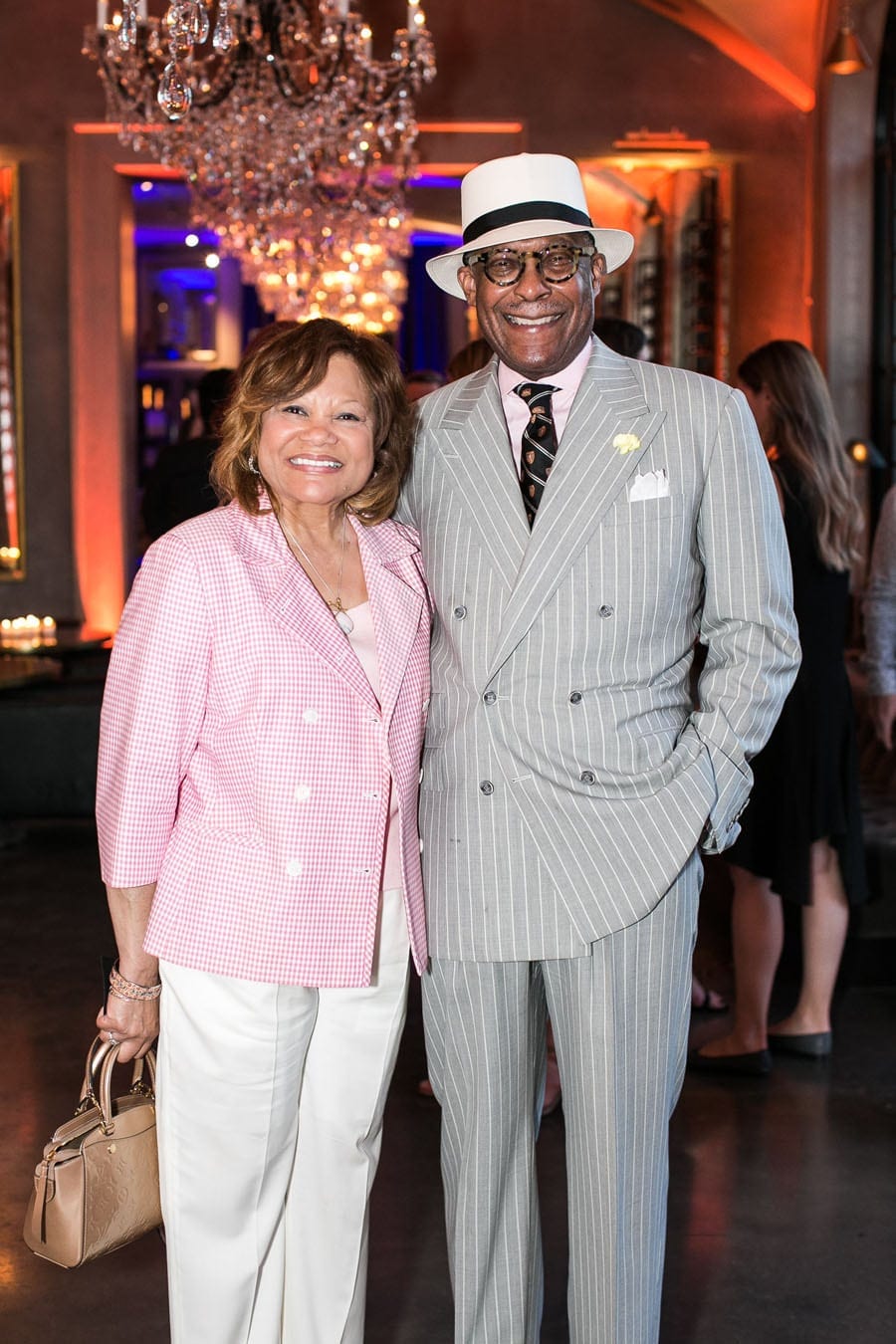
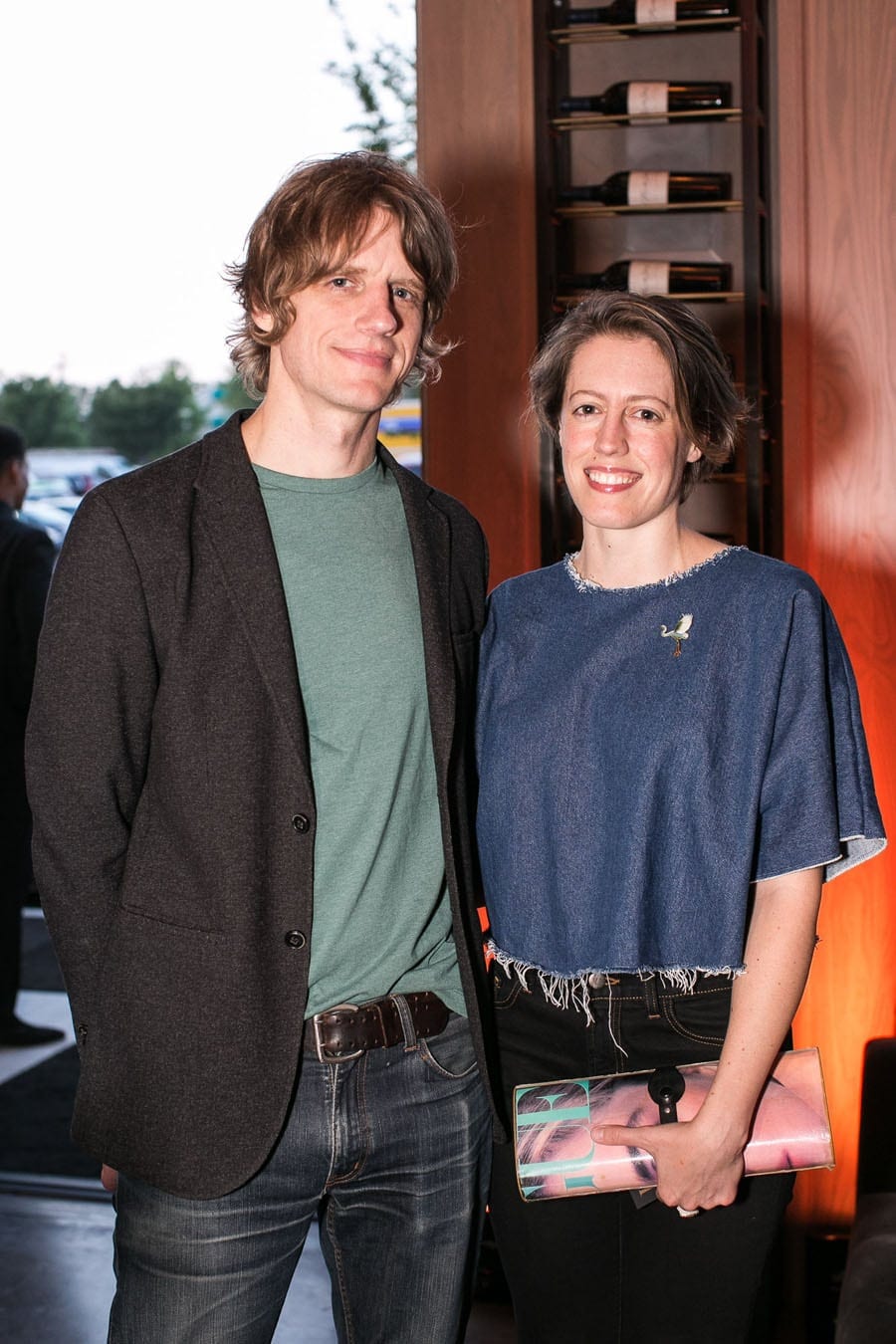
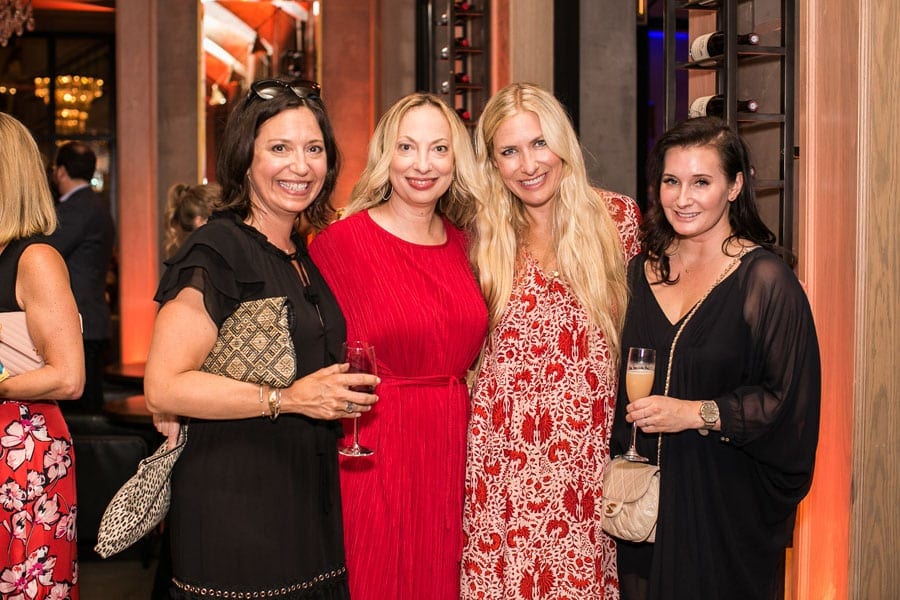
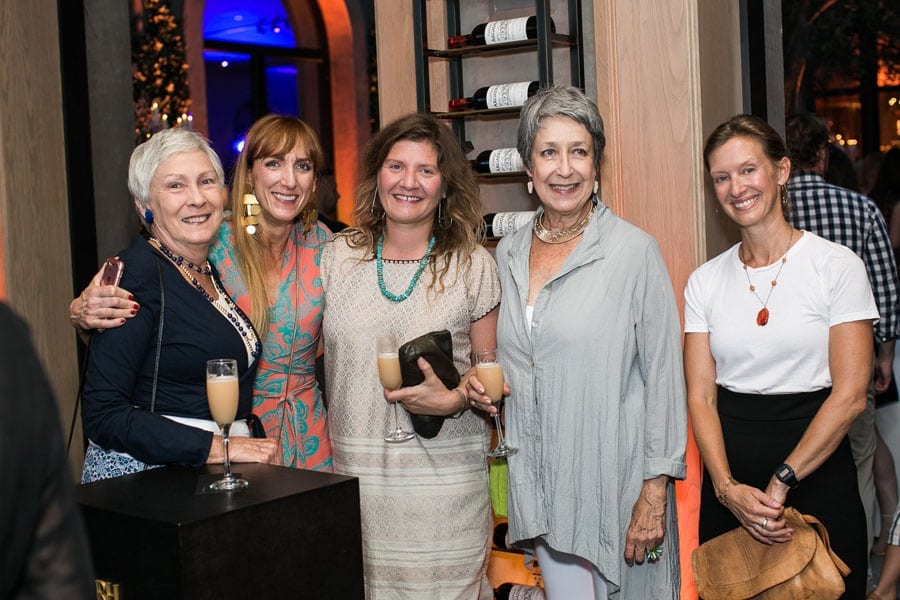
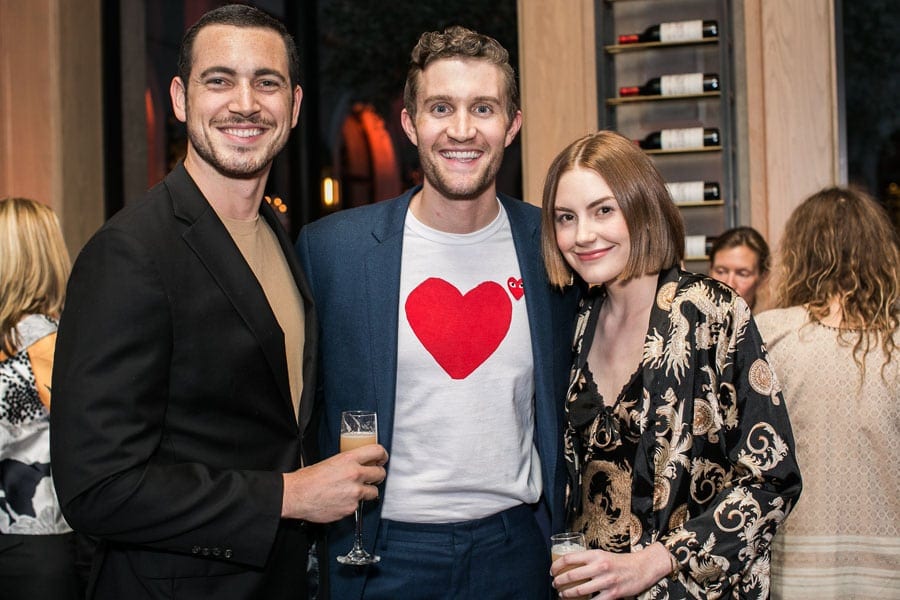

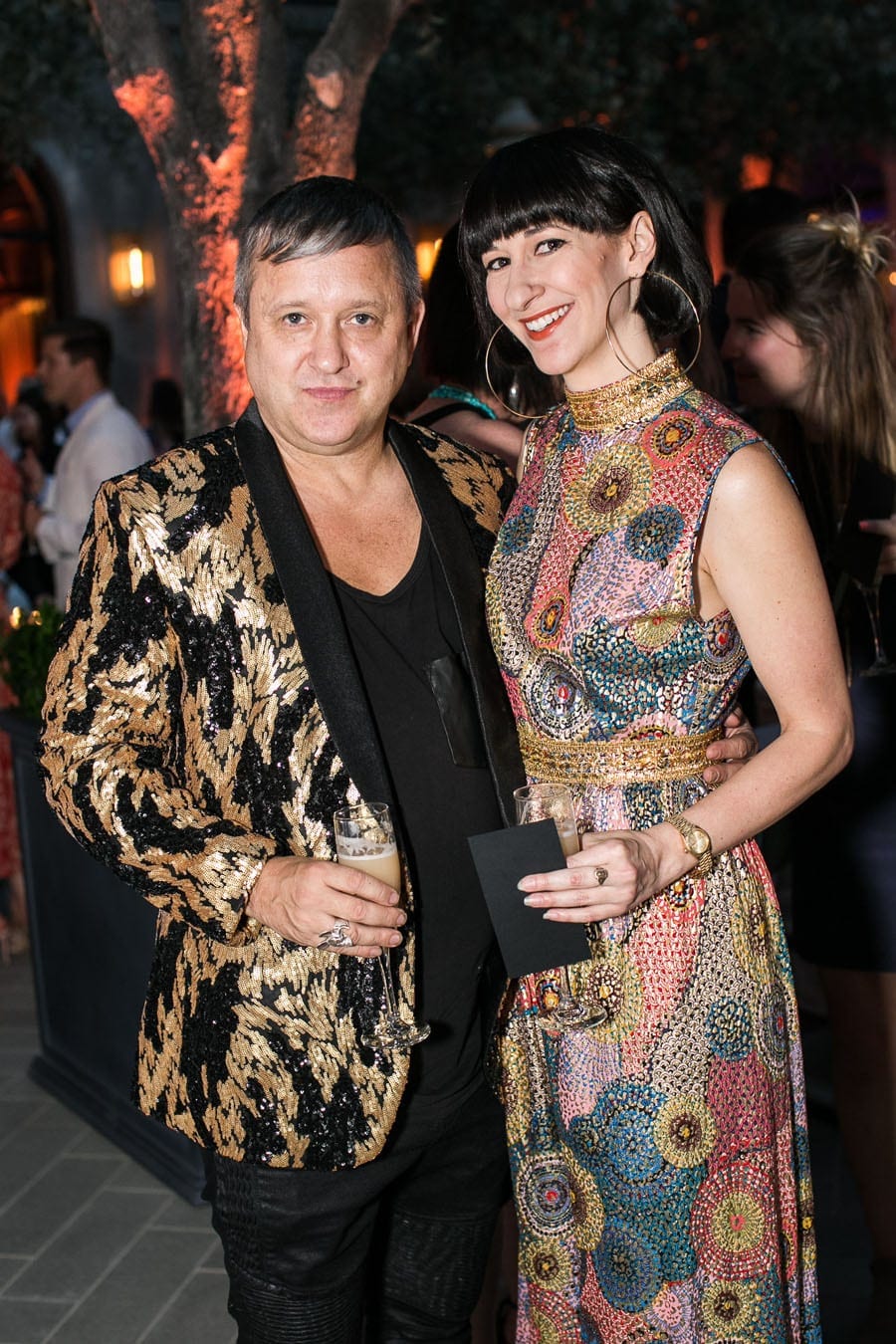

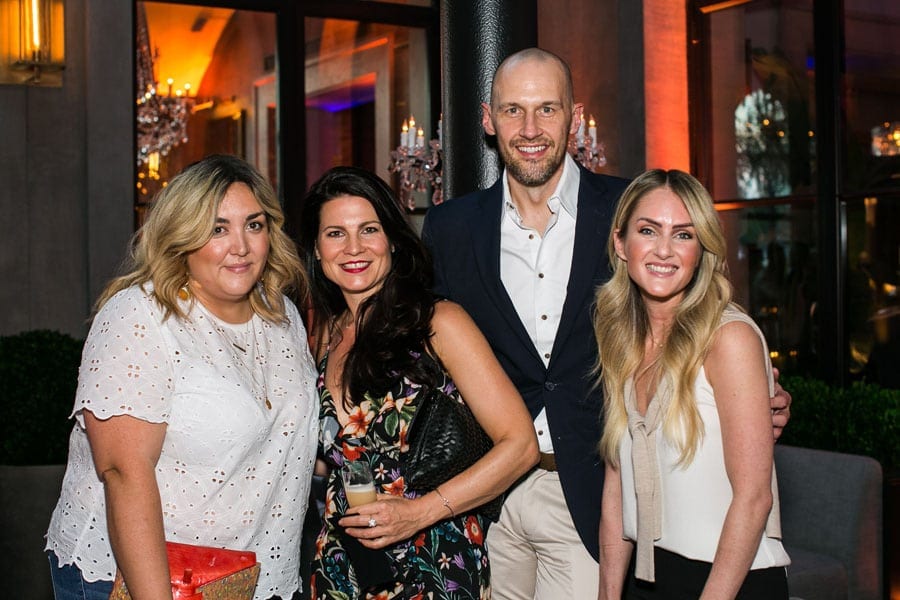

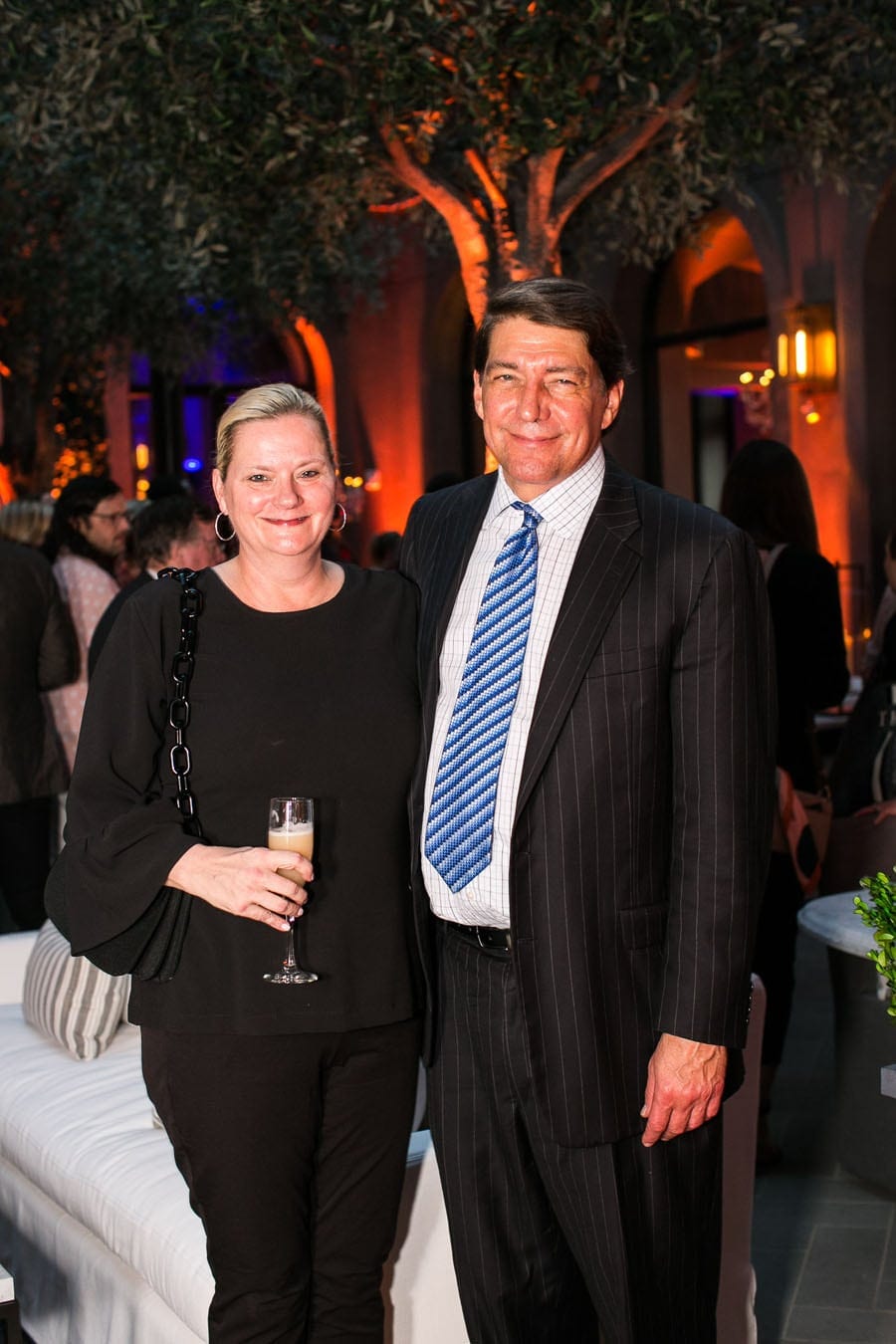
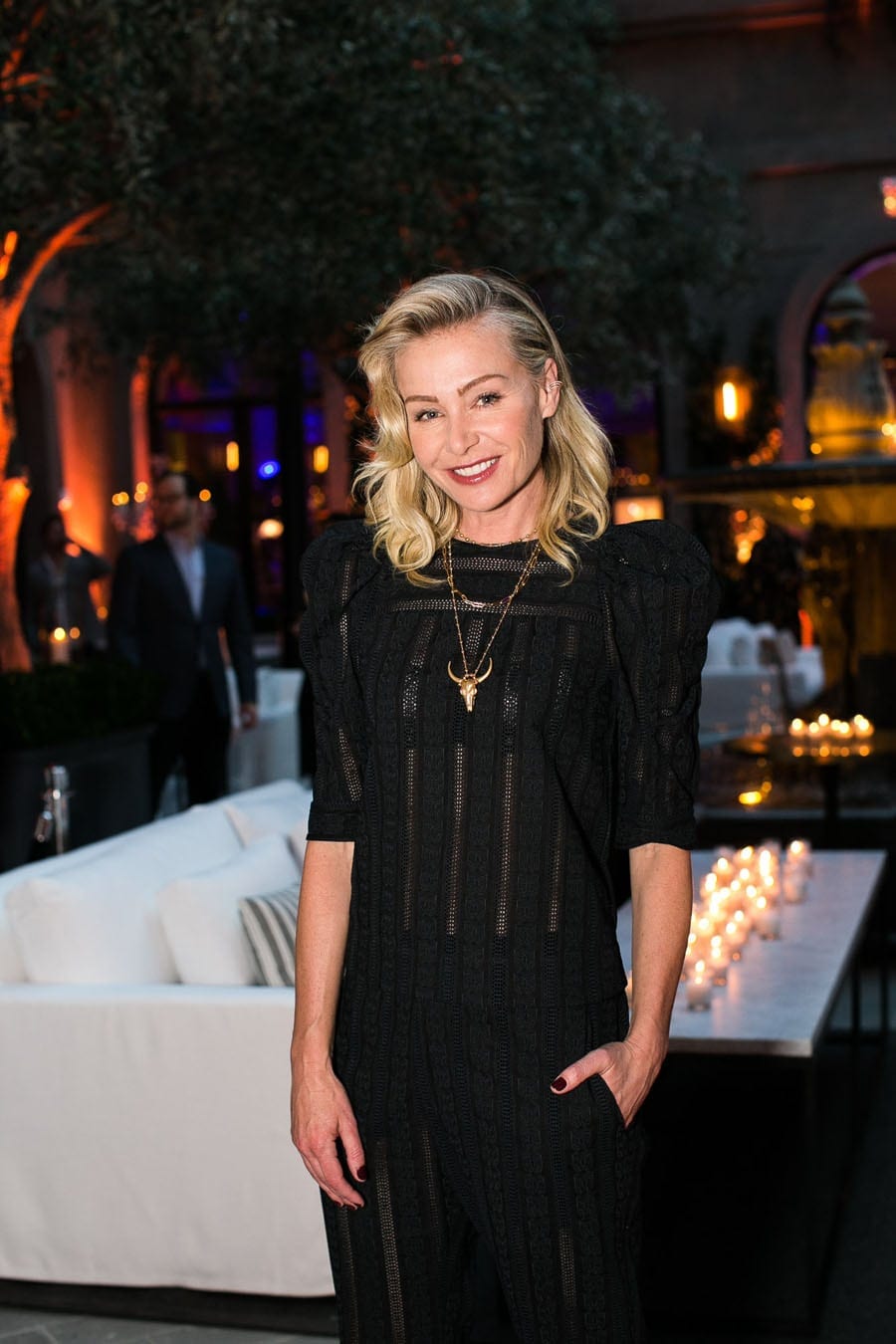
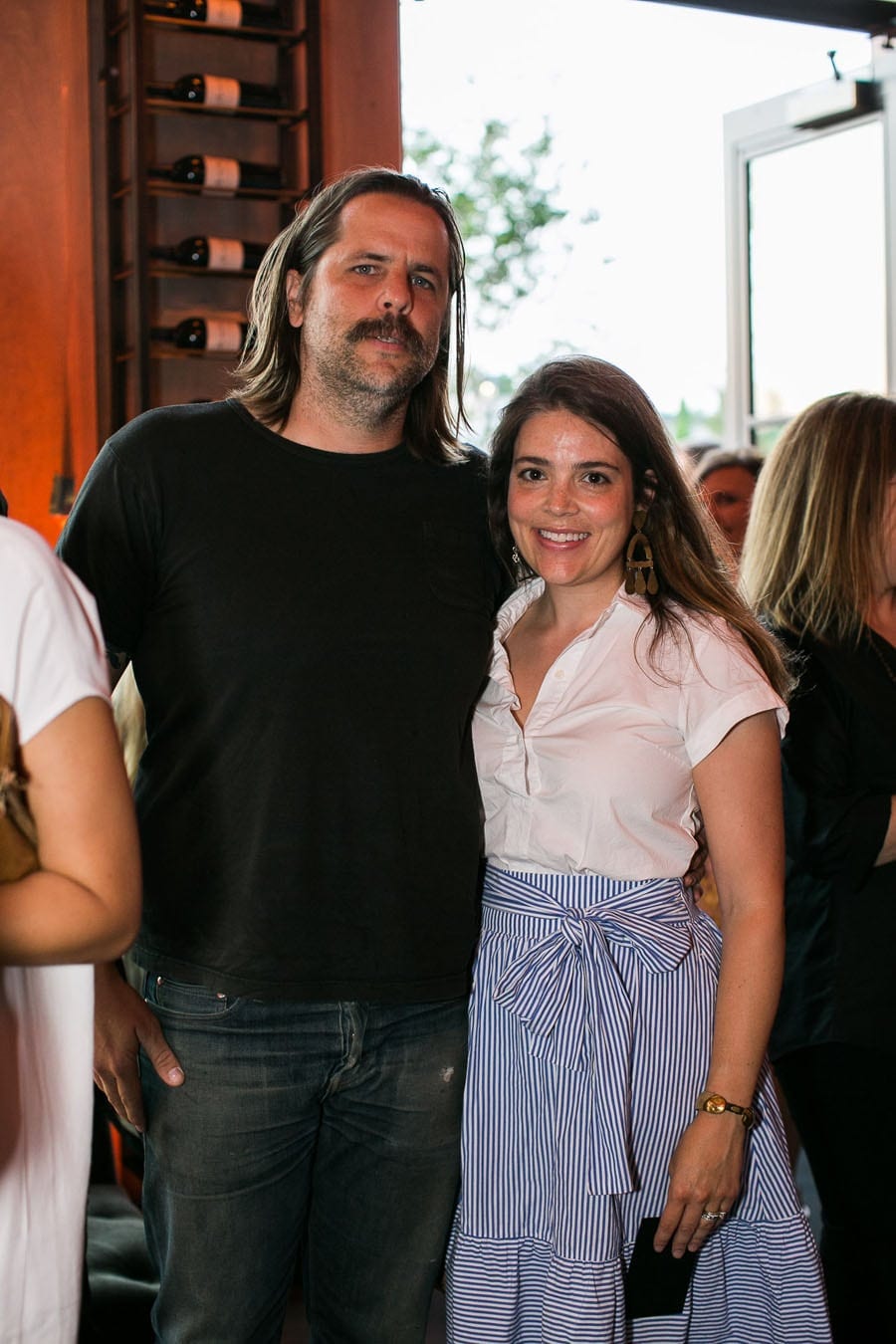
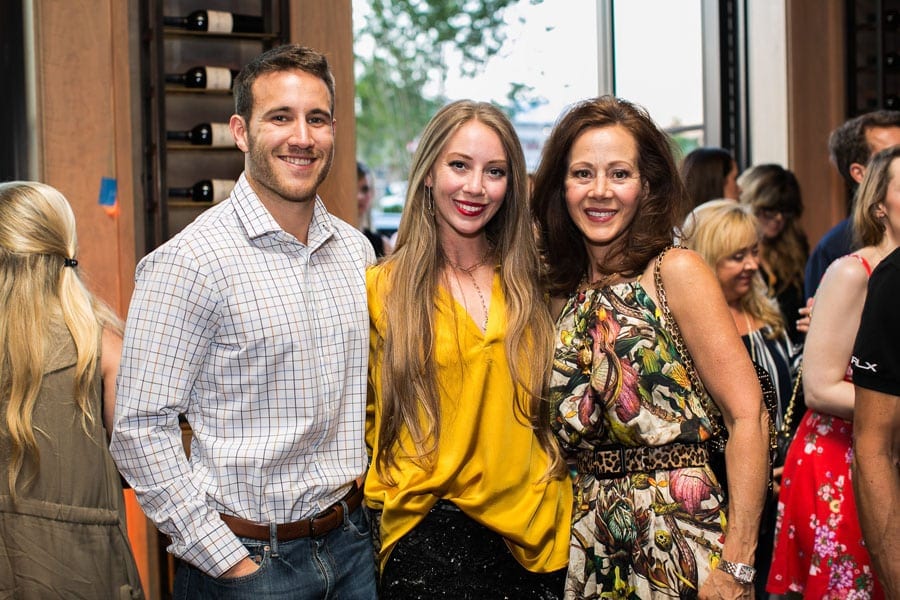
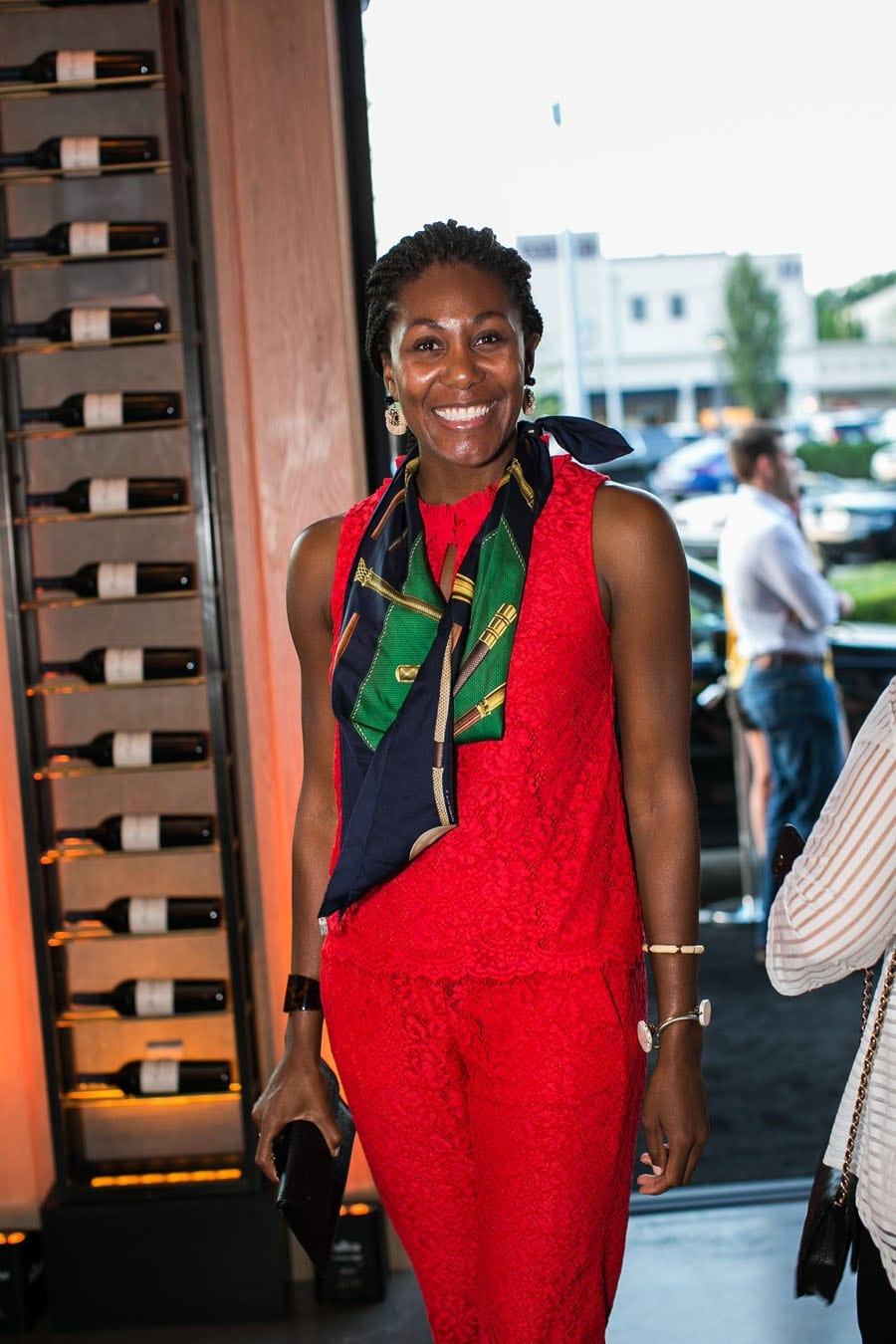

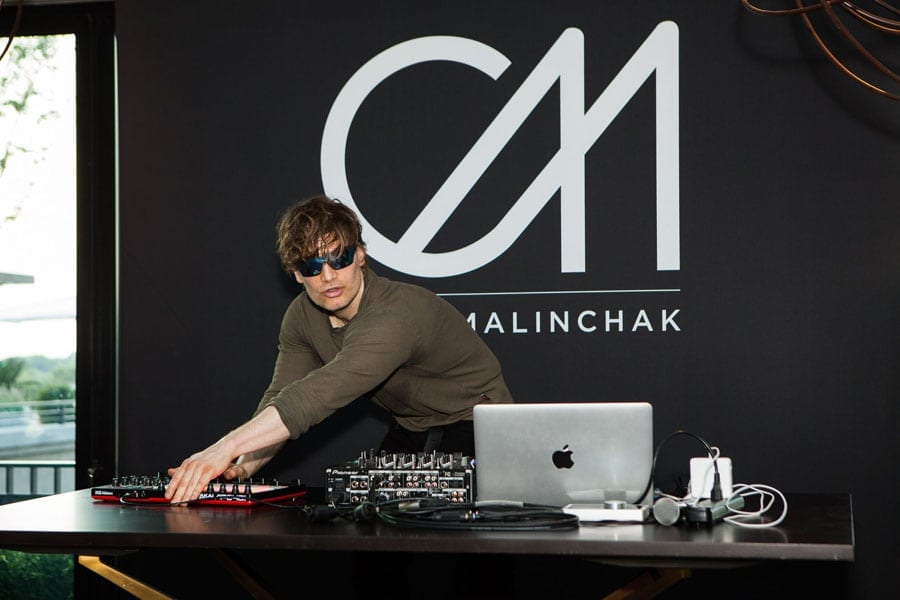
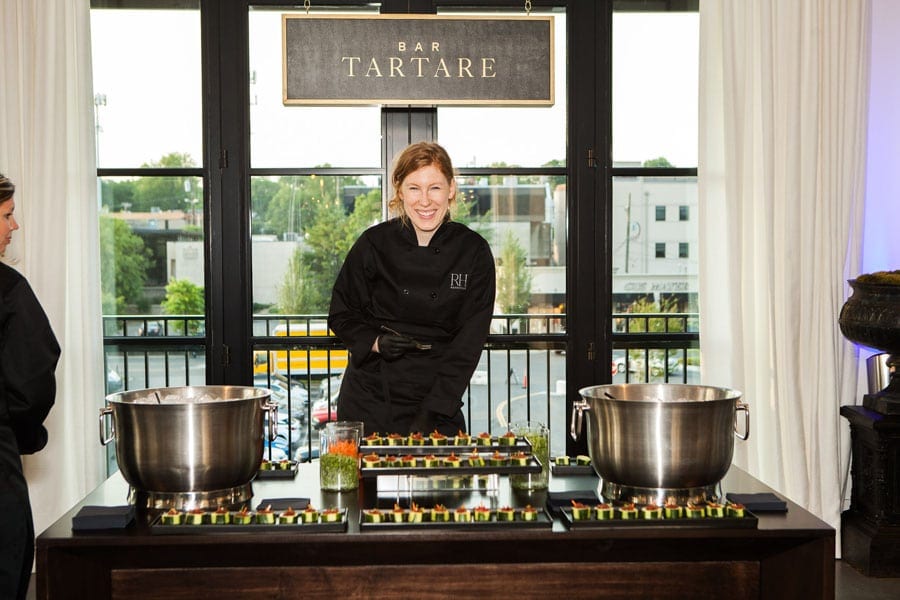
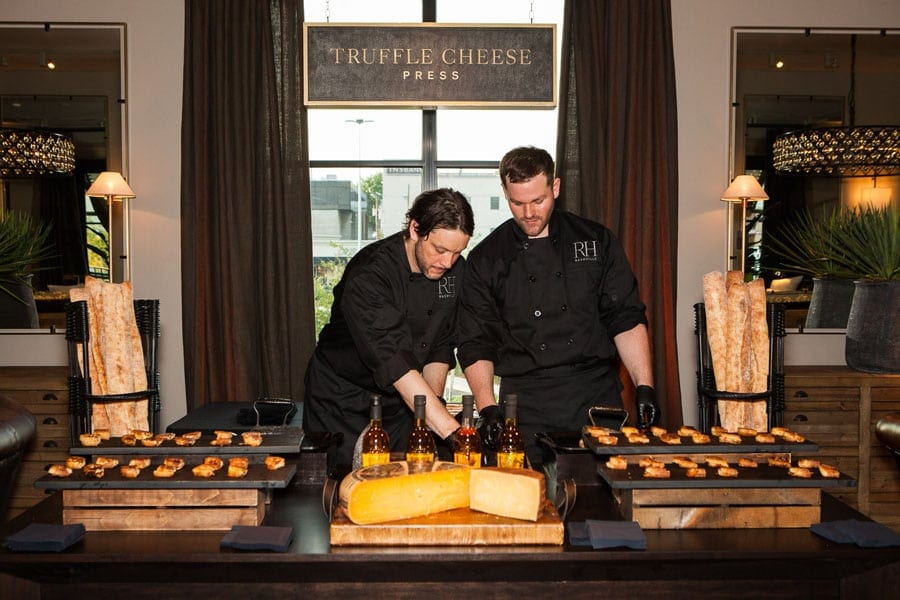
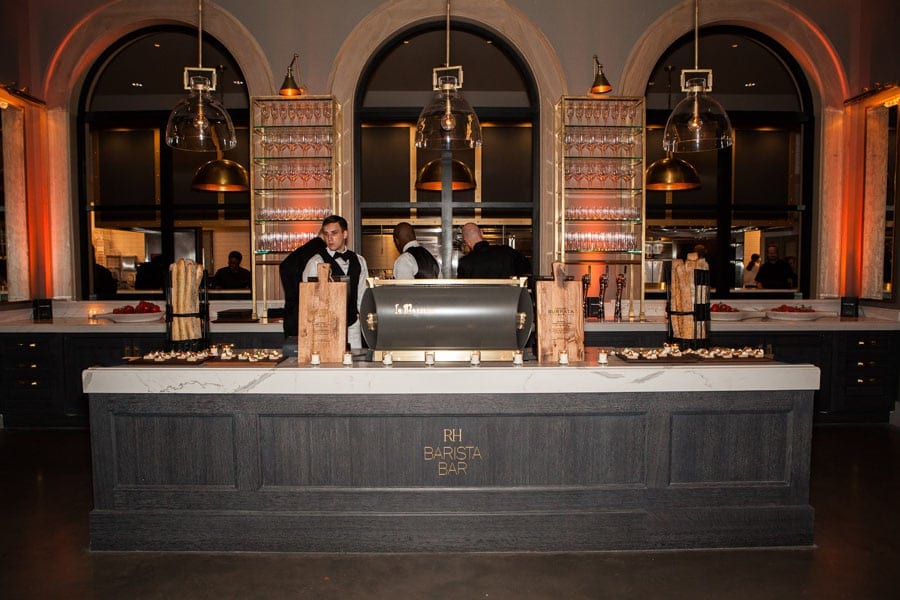
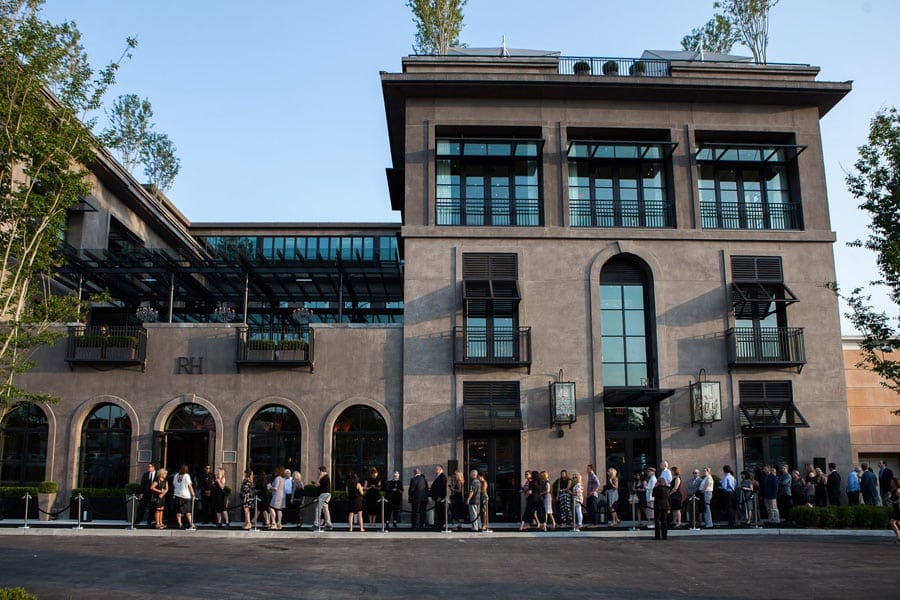
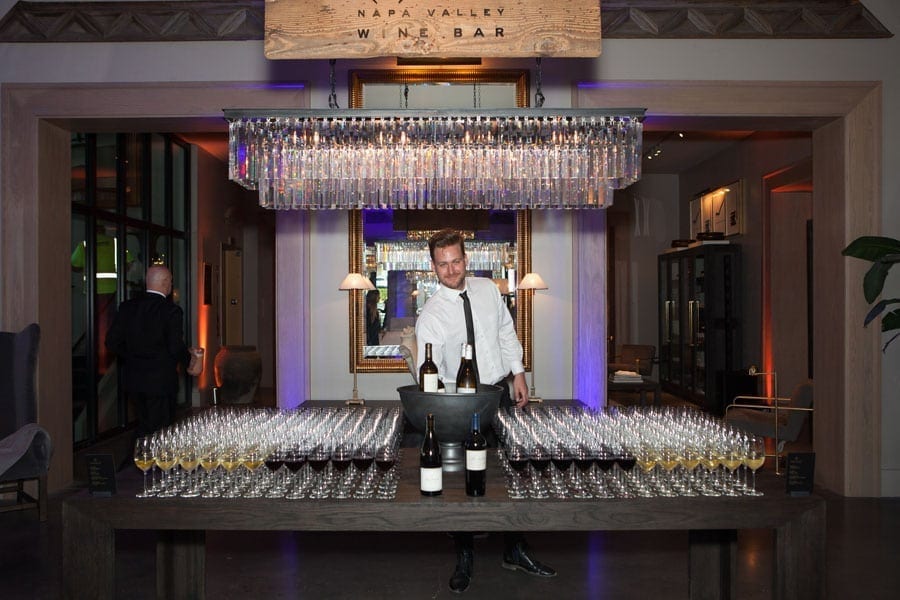

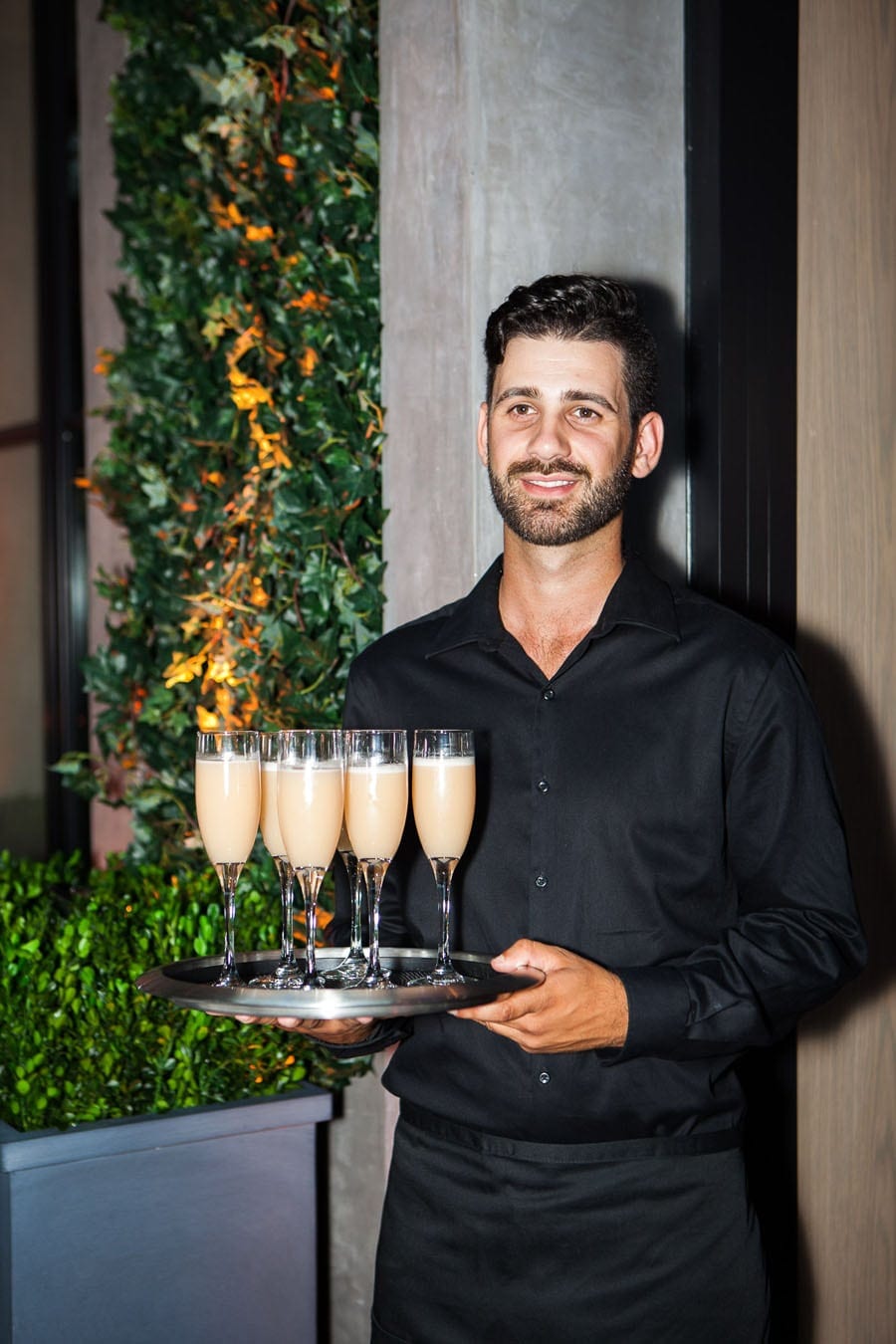
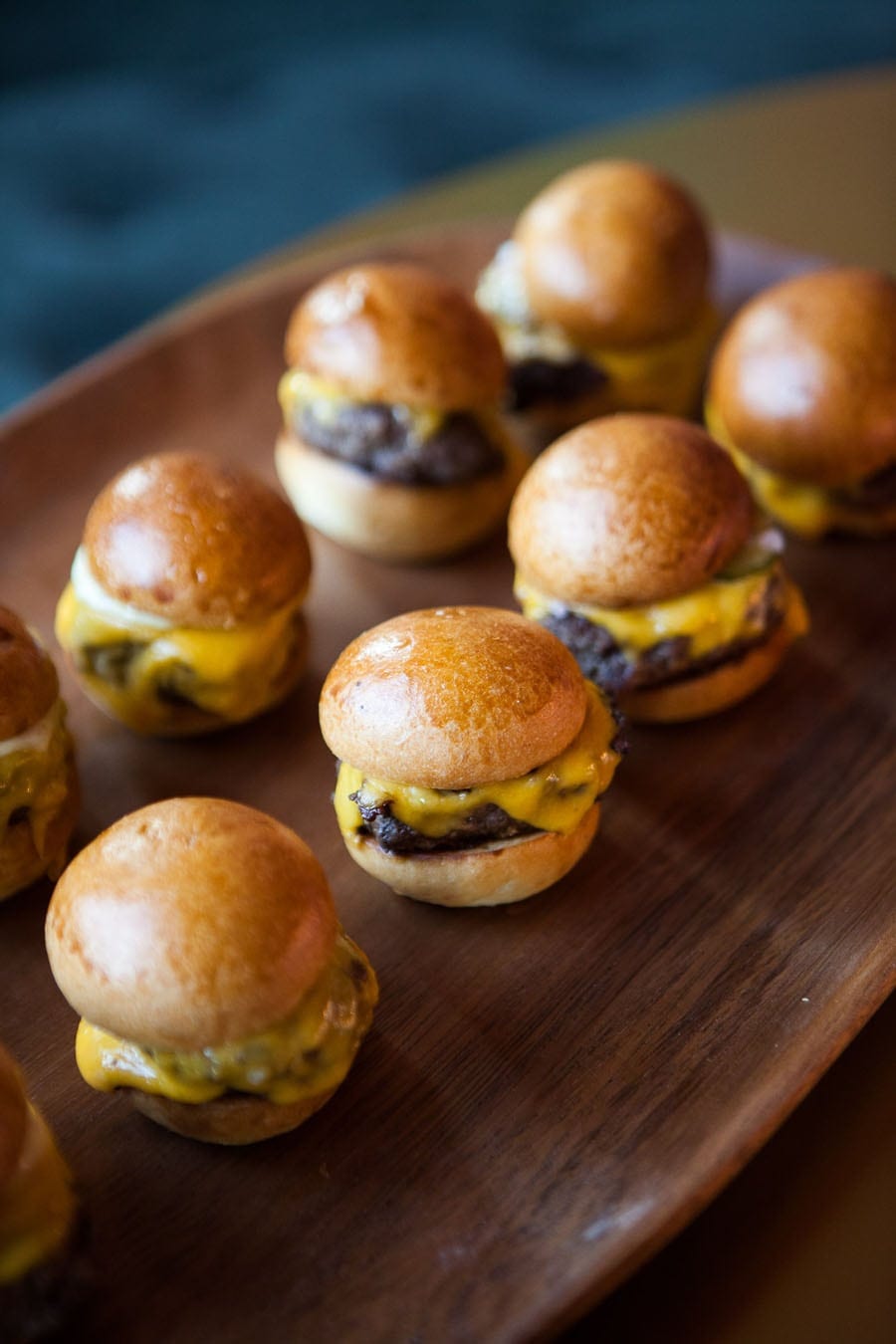
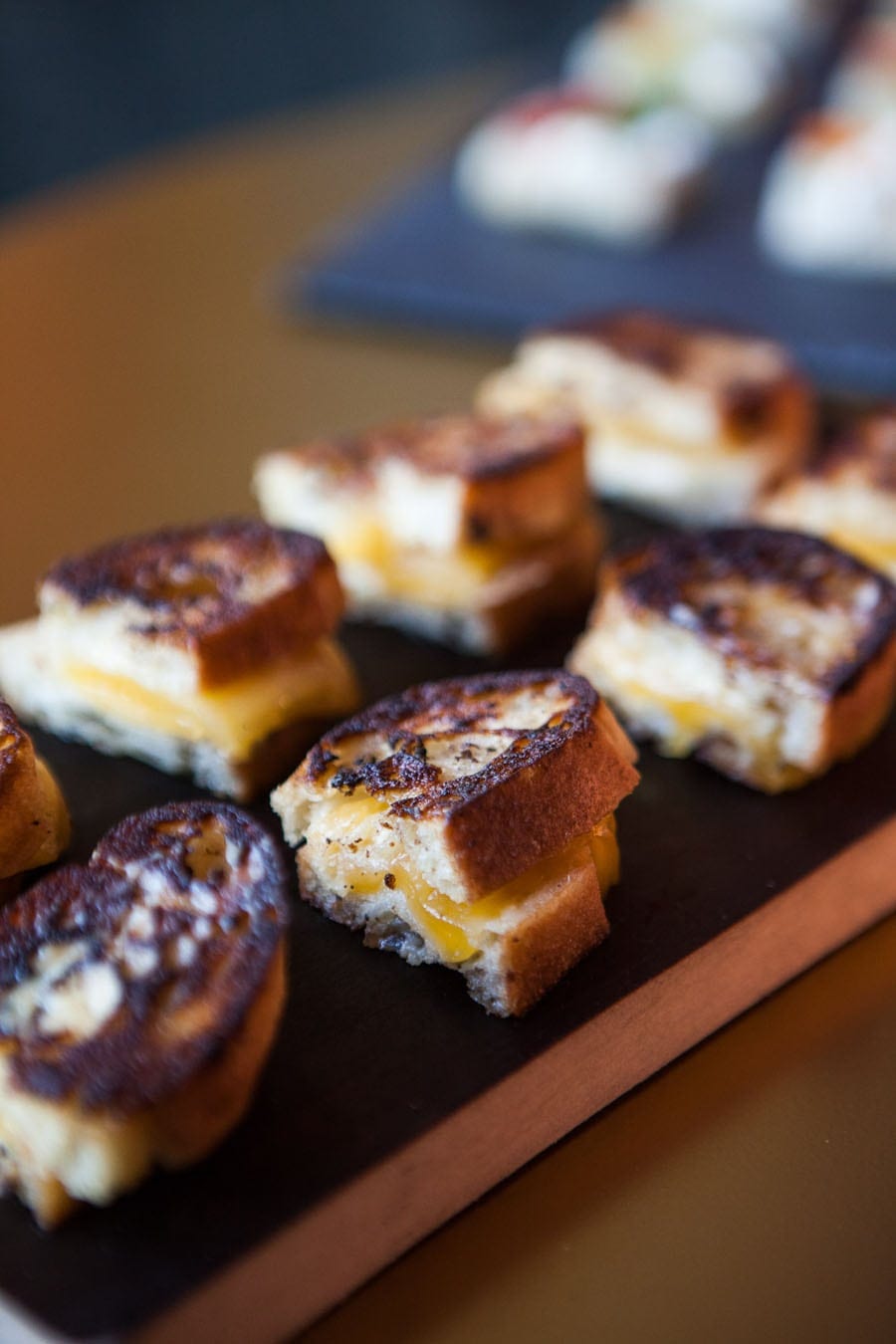











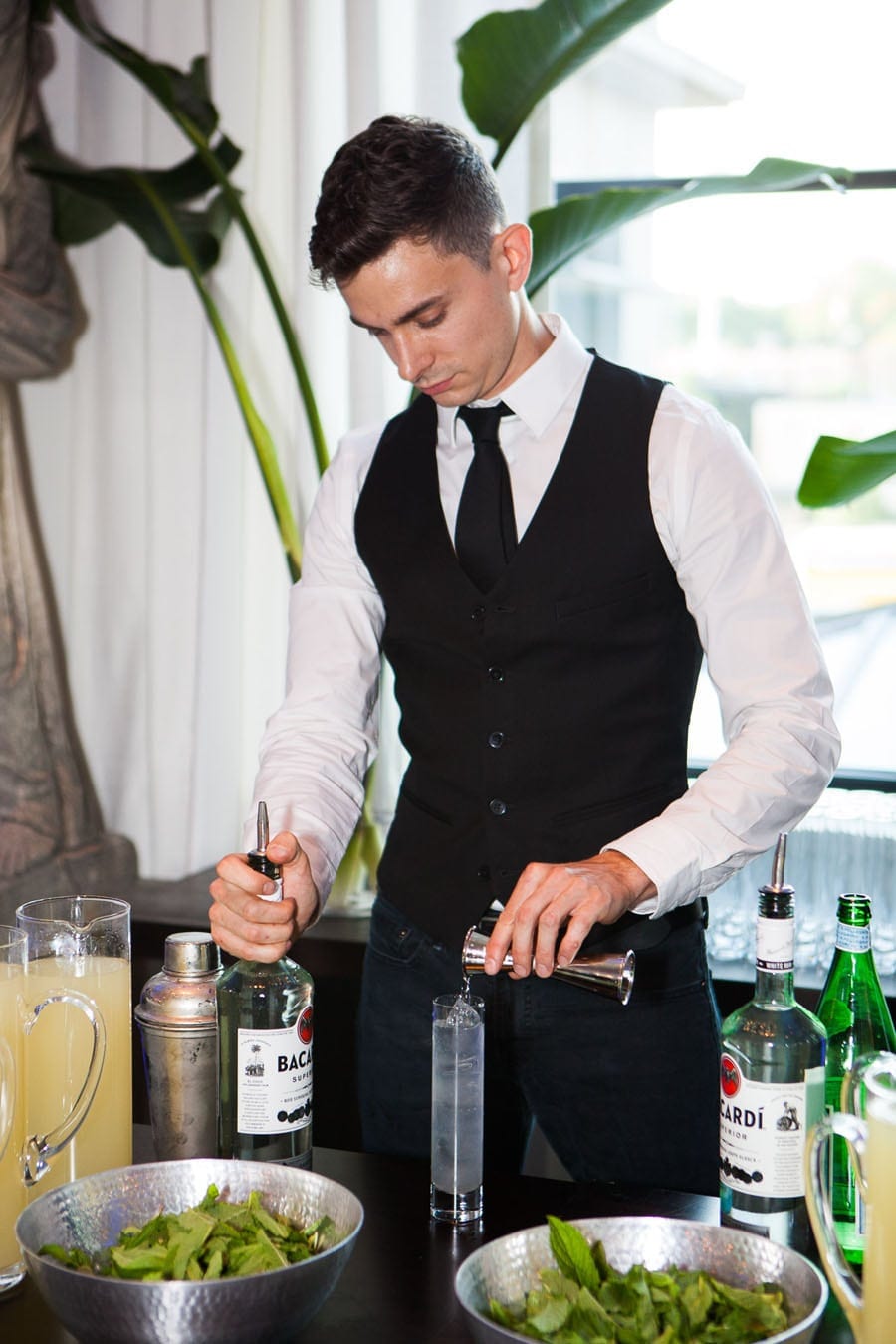

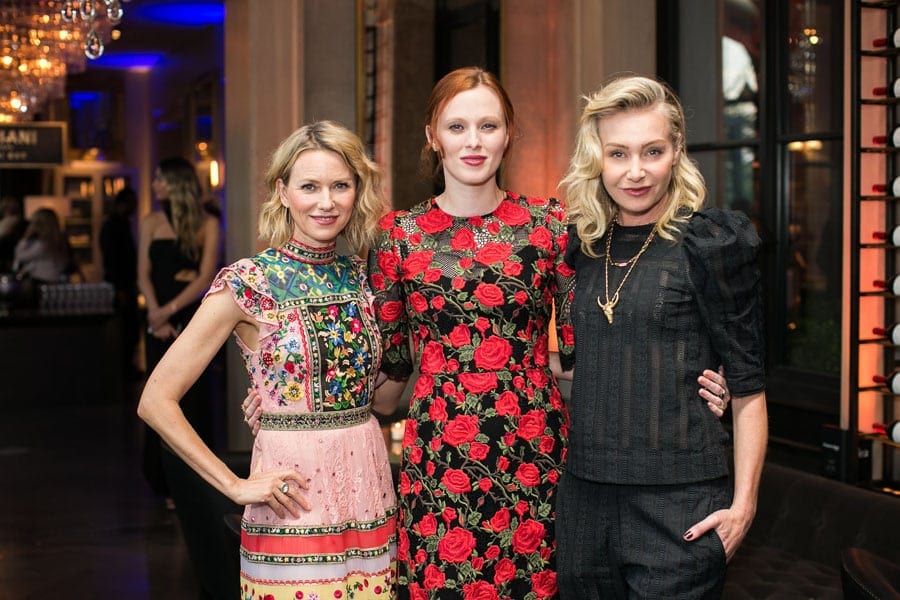
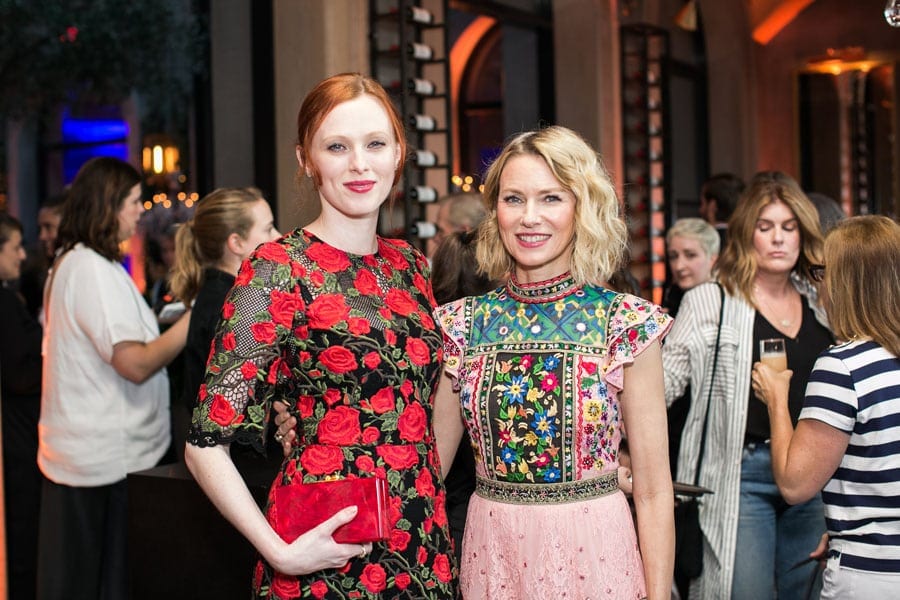
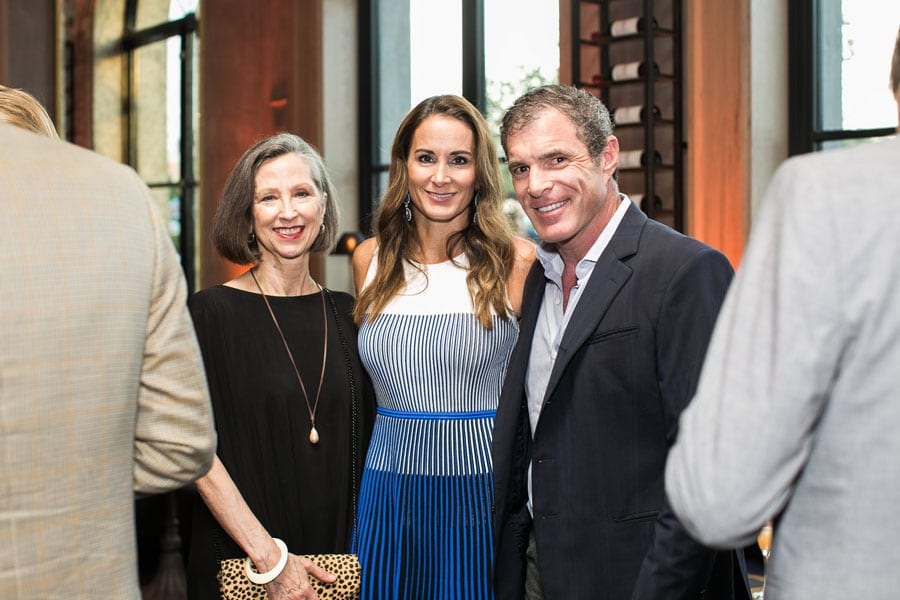
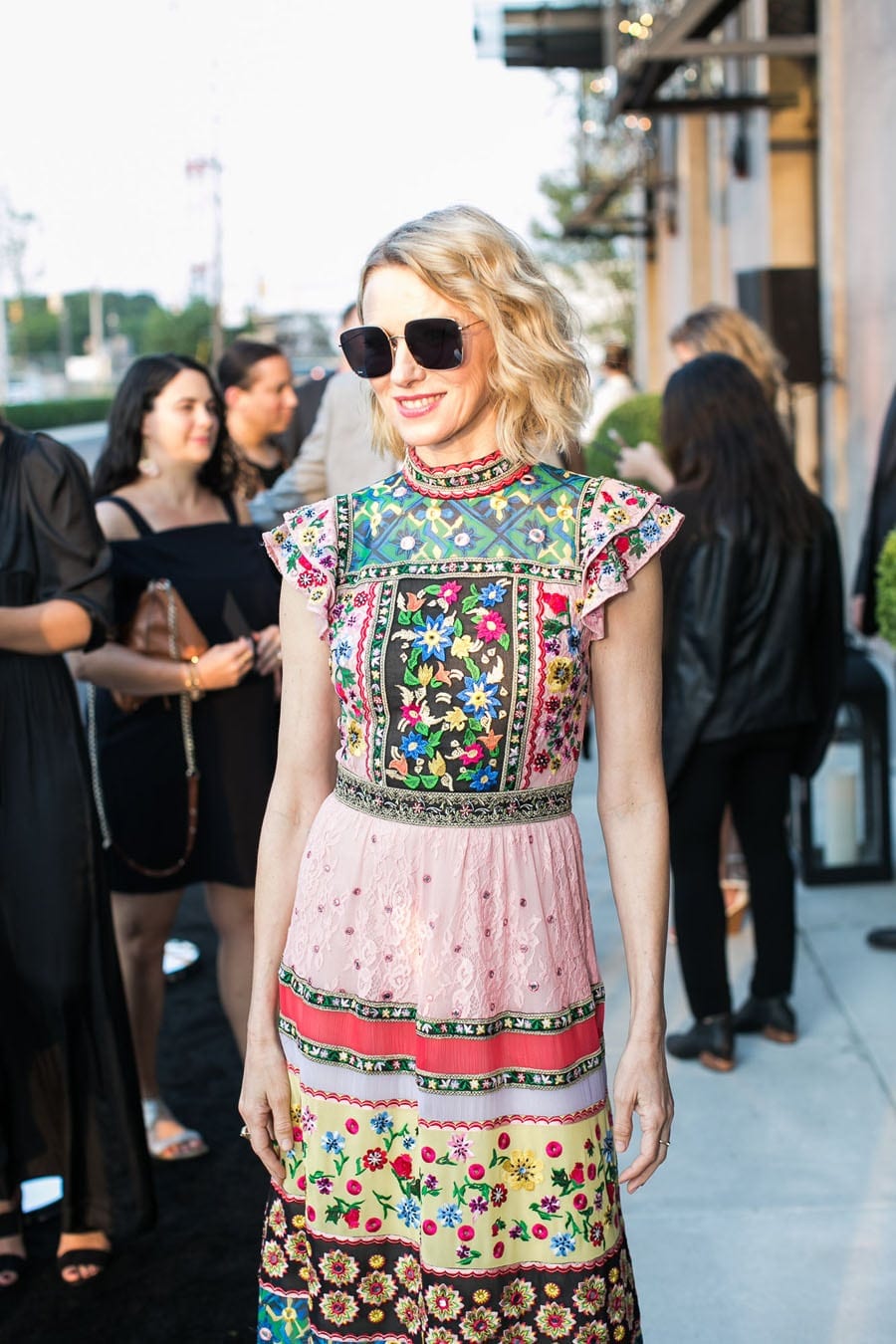



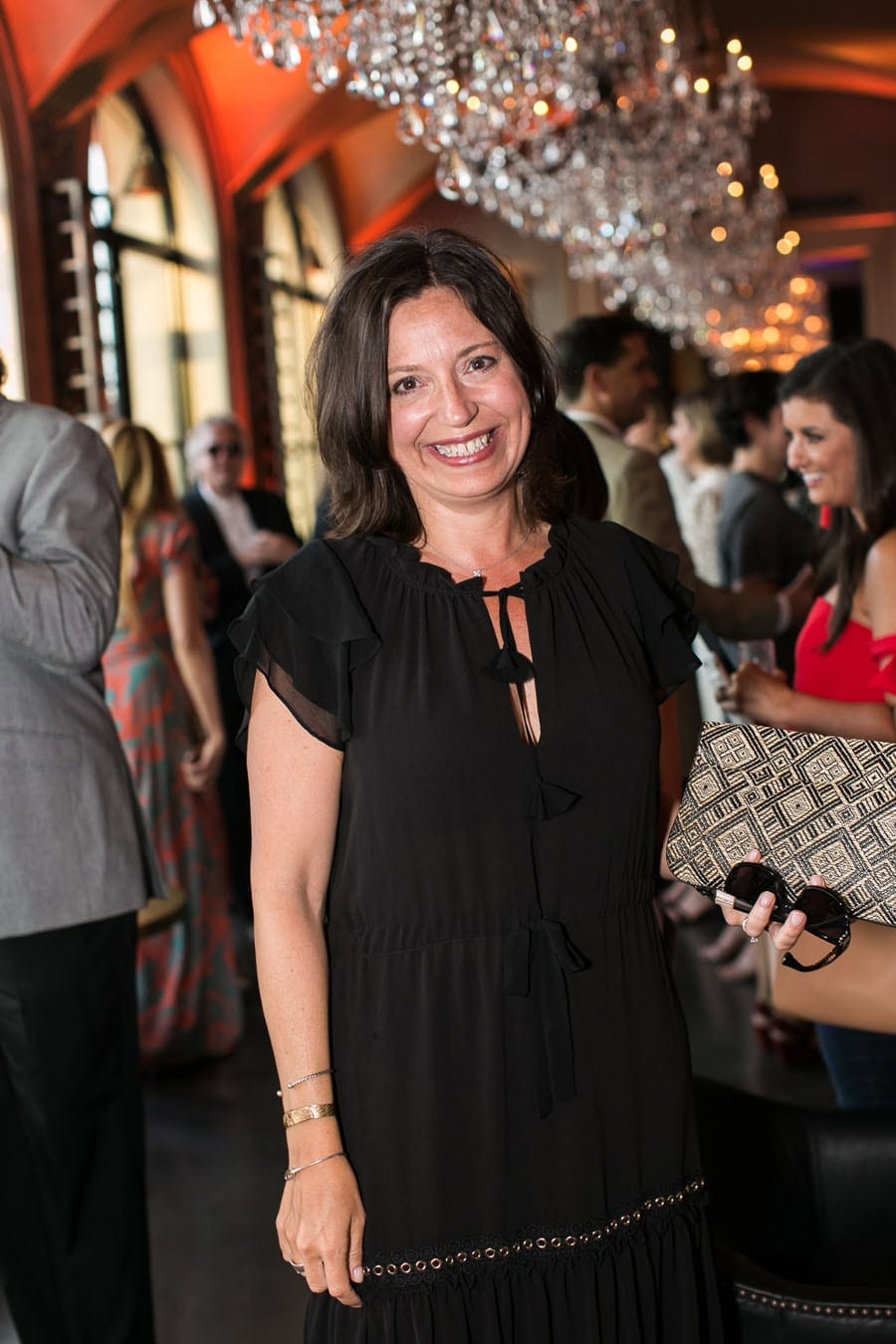
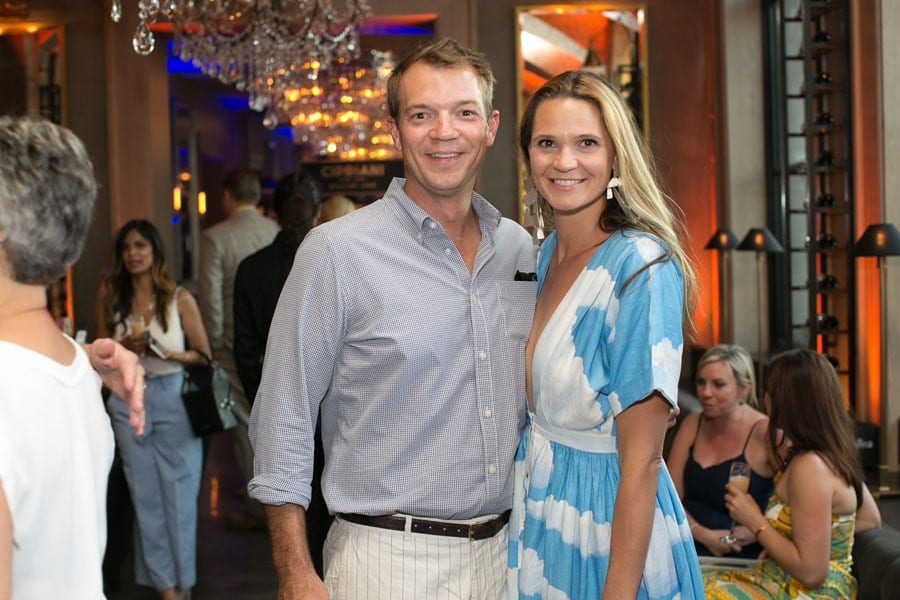



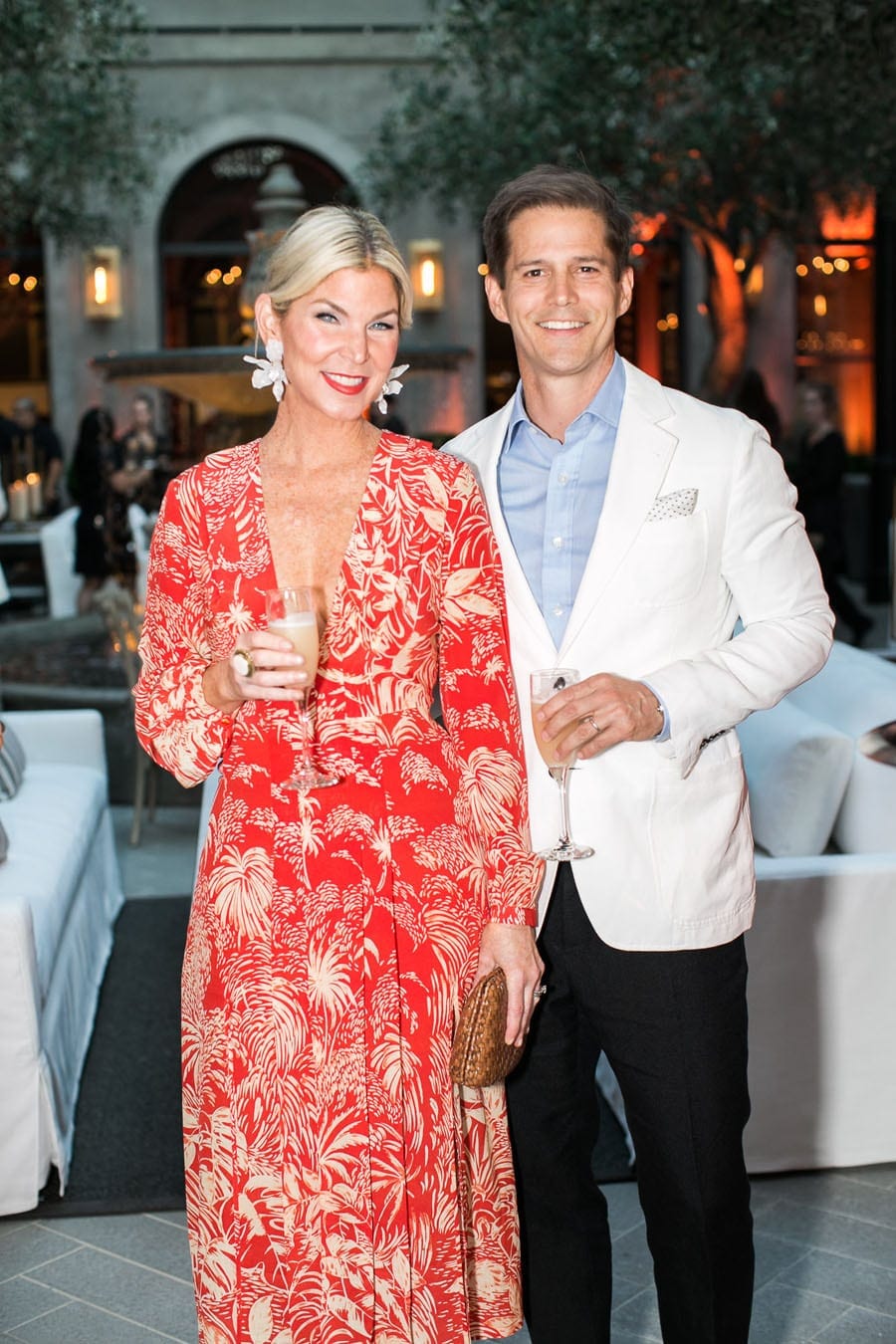

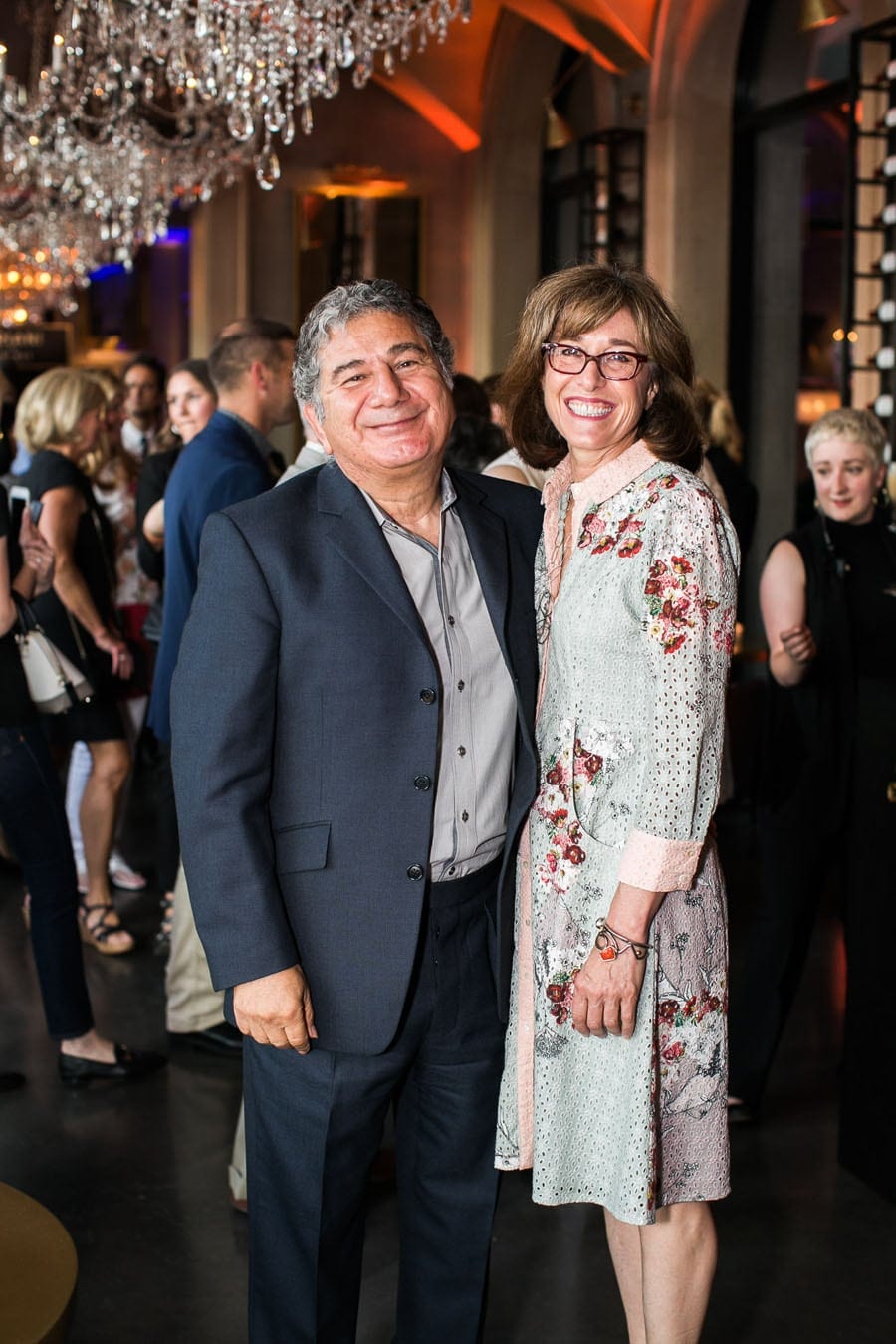
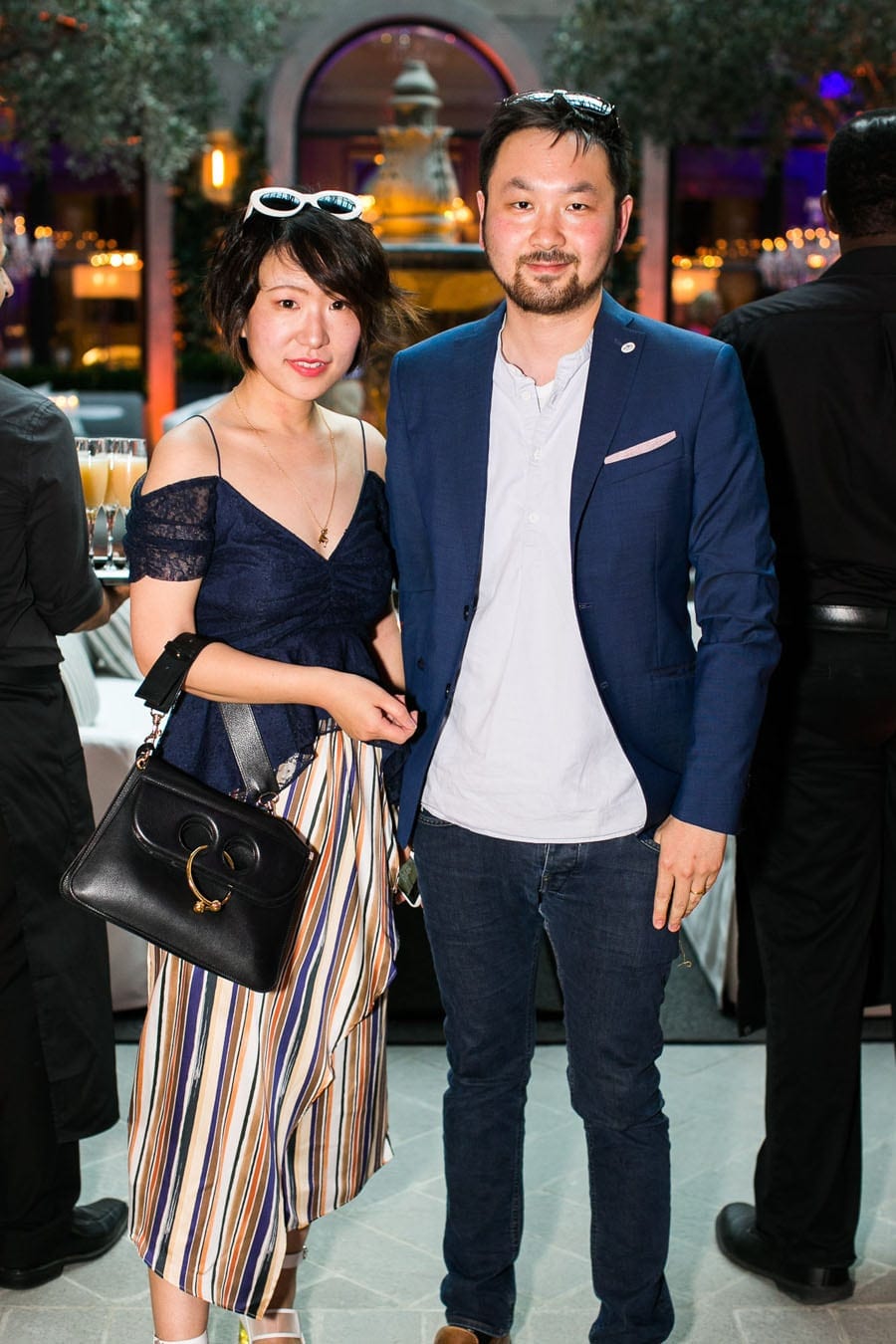
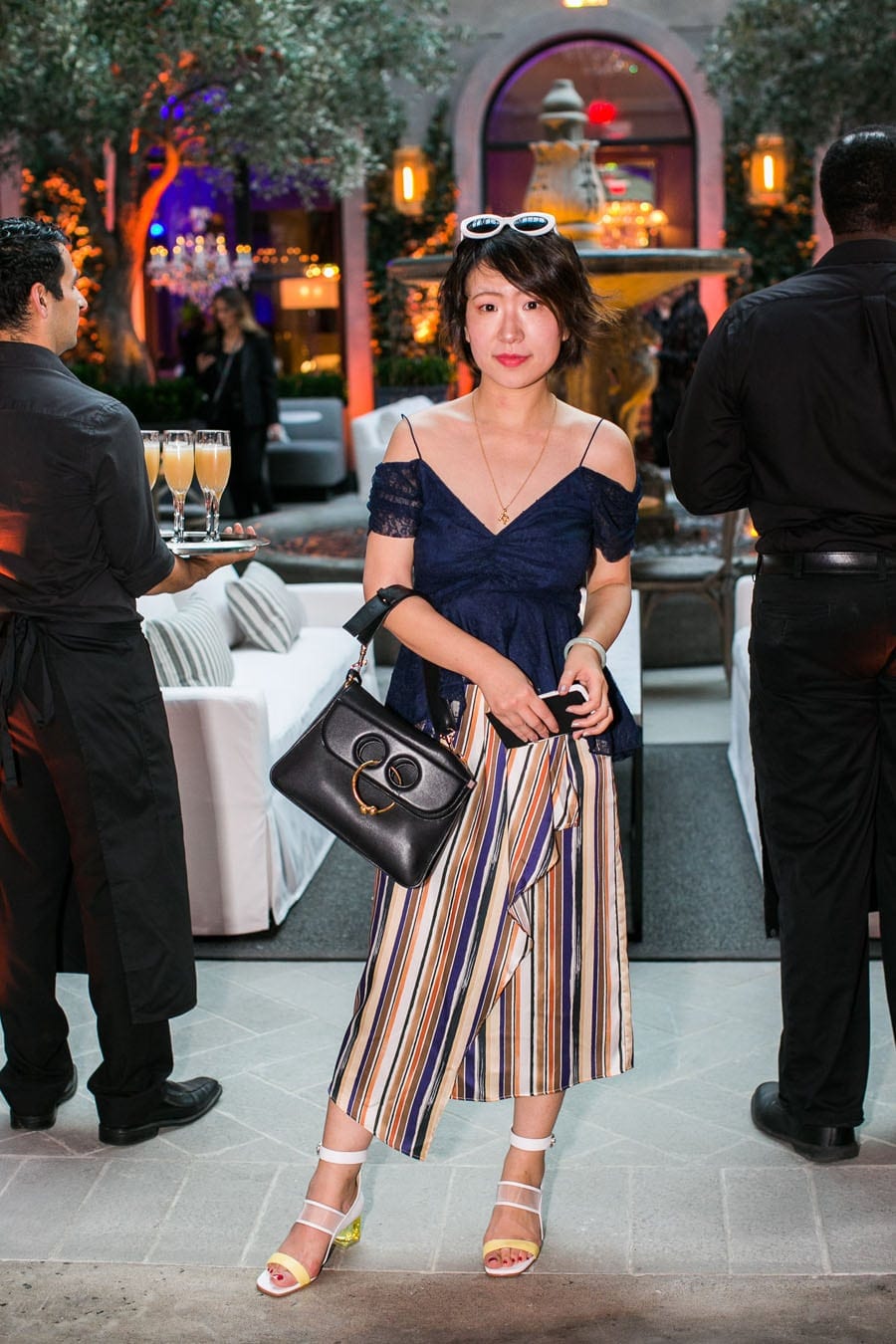

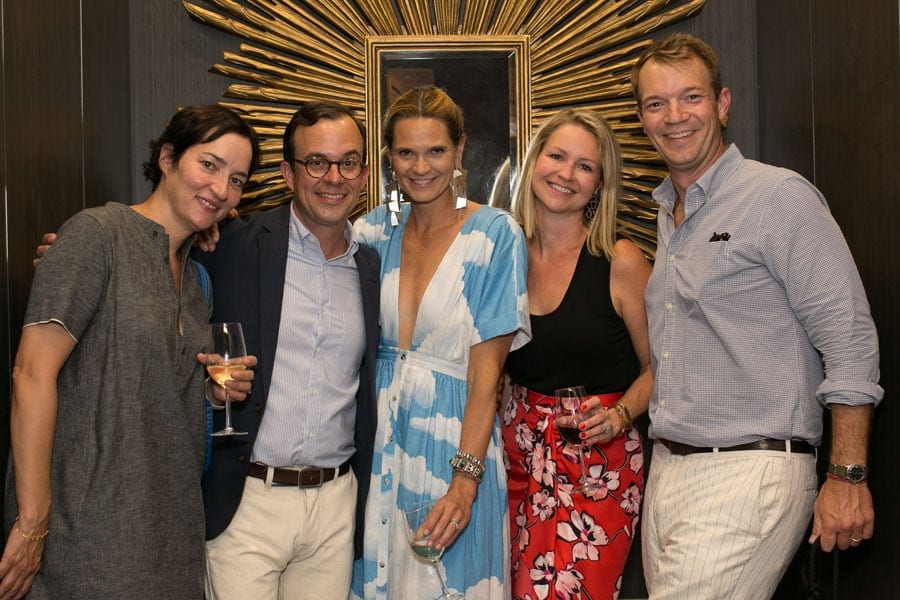
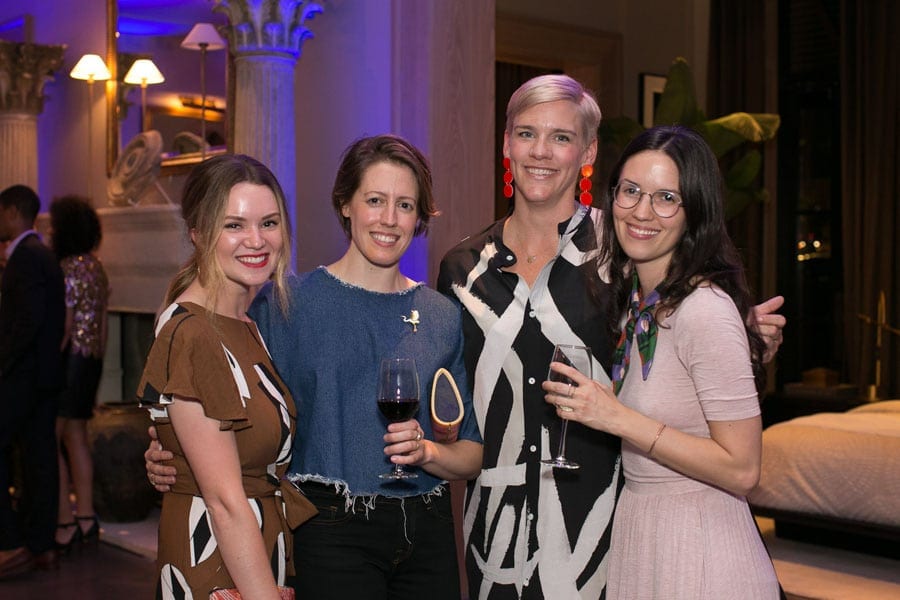
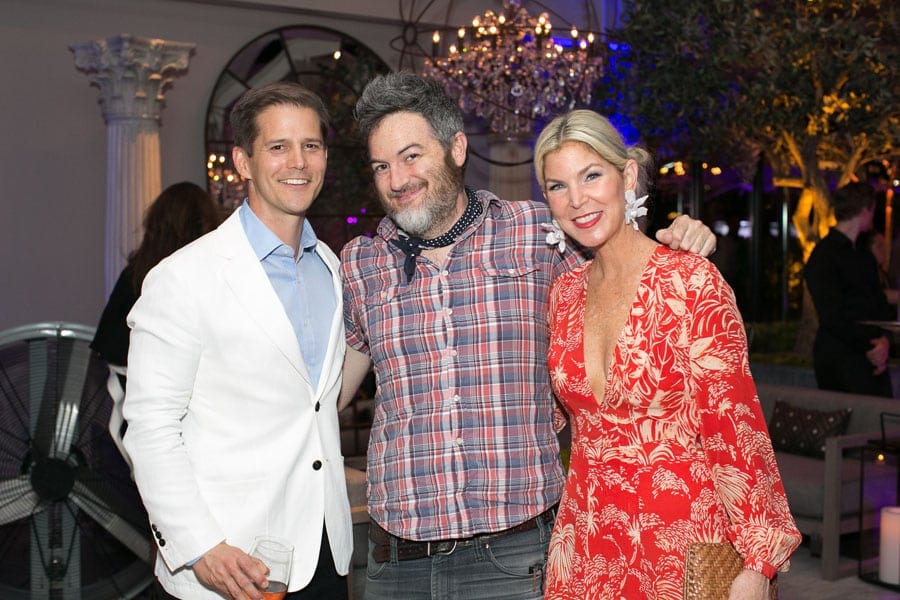

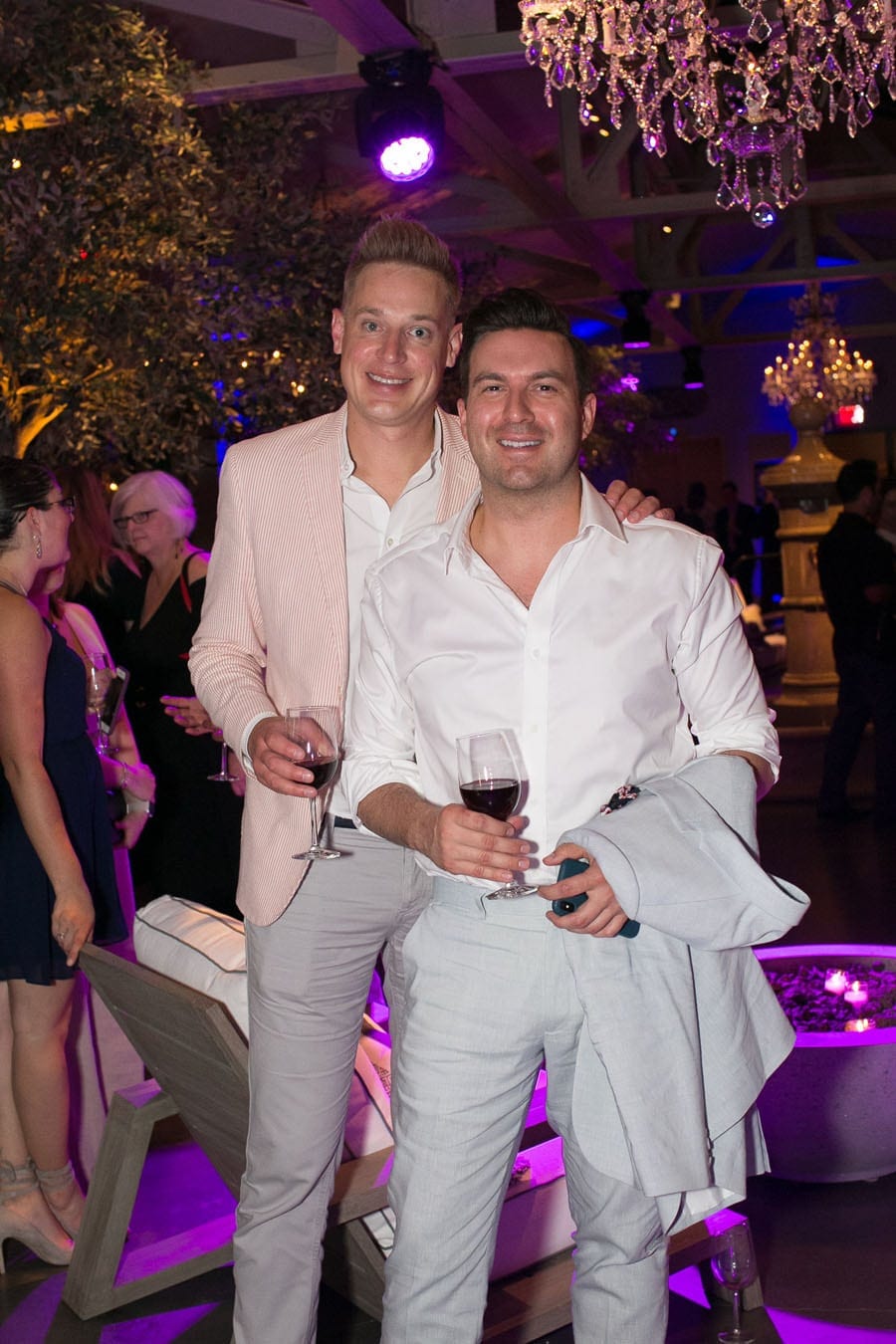
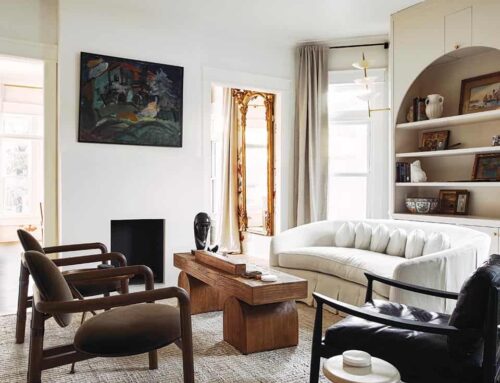
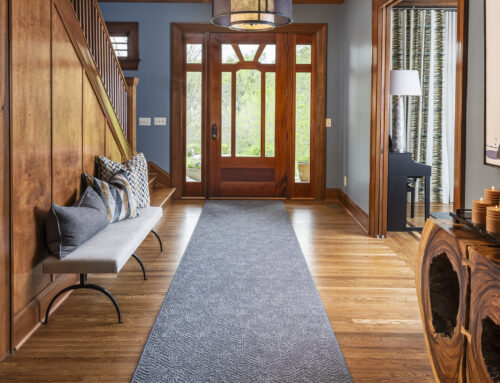
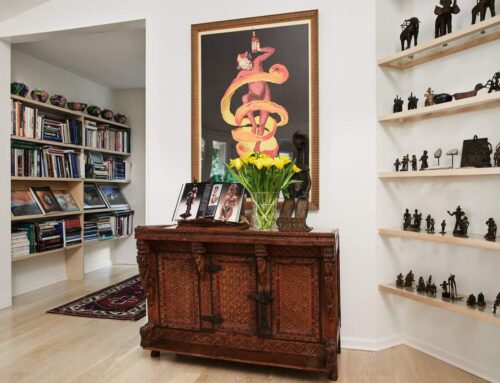
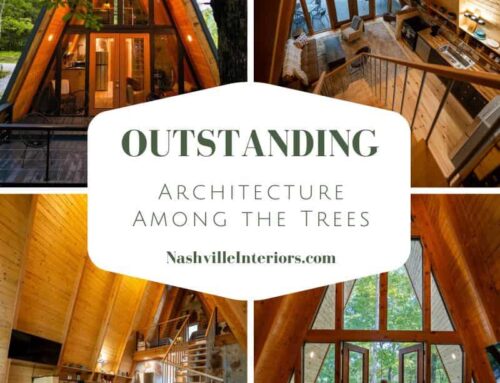
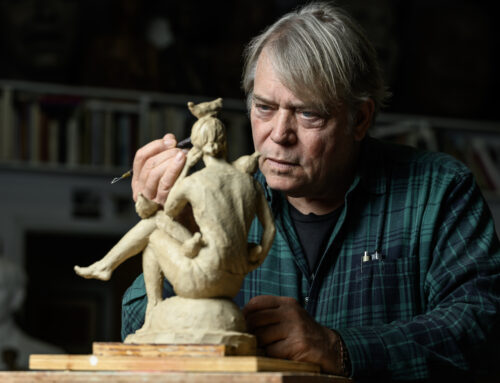
Leave A Comment
You must be logged in to post a comment.